[ad_1]
Whether purchasing an Elvis Presley record, successfully completing a crossword puzzle (without cheating), or eating a cronut, chances are you’ve jumped on a trend bandwagon at some point in your life.
Merriam-Webster defines trend as “a current style or preference.” While some trends don’t quite stand the test of time (think goldfish swallowing), others, such as Barbie dolls, remain venerable icons to this day.
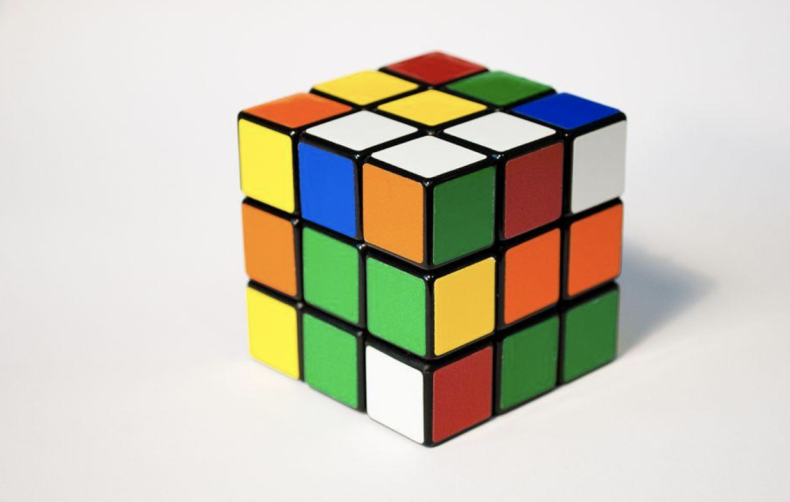
Stacker scoured historical accounts, company websites, news media, and other sources to find the most popular fads from 1920 to today. They range from the bizarre to the energetic; from pageants, games and toys, candy, books, and national heroes, to touch on just a few. Some you’ve never heard of, some are beyond outrageous, and others are mainstays of American life.
Maybe you’ve participated in, or still do, at least one of these. Perhaps your parents, grandparents, and great-grandparents experienced these fads over the years, passing along their love for the longer-lasting crazes through the decades. And maybe, you and your kids are involved with one now or will pass them along to the next generation of eager youth and adults looking for pastimes and popular entertainment—or just plain silliness.
Read on to discover the most interesting fads from each year since the Roaring ’20s.
You may also like: Where US first ladies went to college
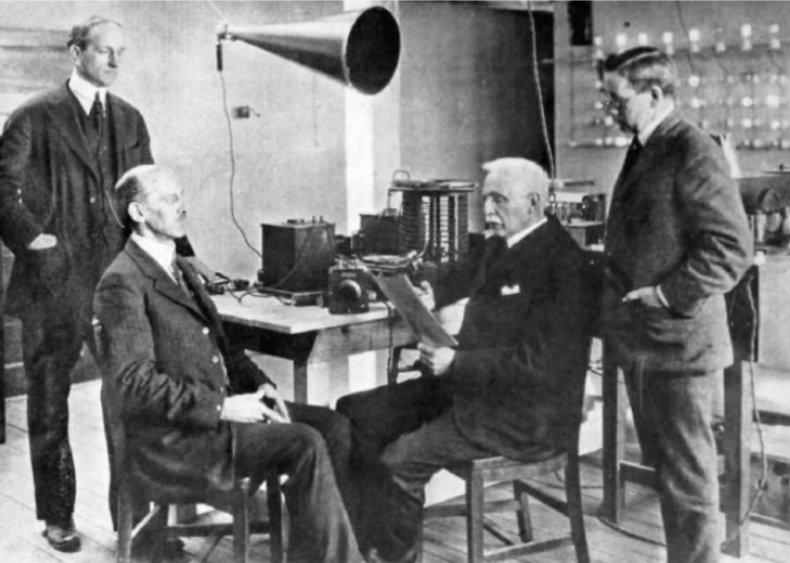
1920: Commercial radio
The first commercial radio station in the nation, Pittsburgh radio station KDKA, hit the airwaves in 1920 and started a wave of popularity. Five hundred stations hit the airwaves within the span of three years; by the end of the decade, 12 million households had radios. Although commercial radio remains relevant to this day, the growing popularity of television by the 1950s contributed to a decline in radio listeners.
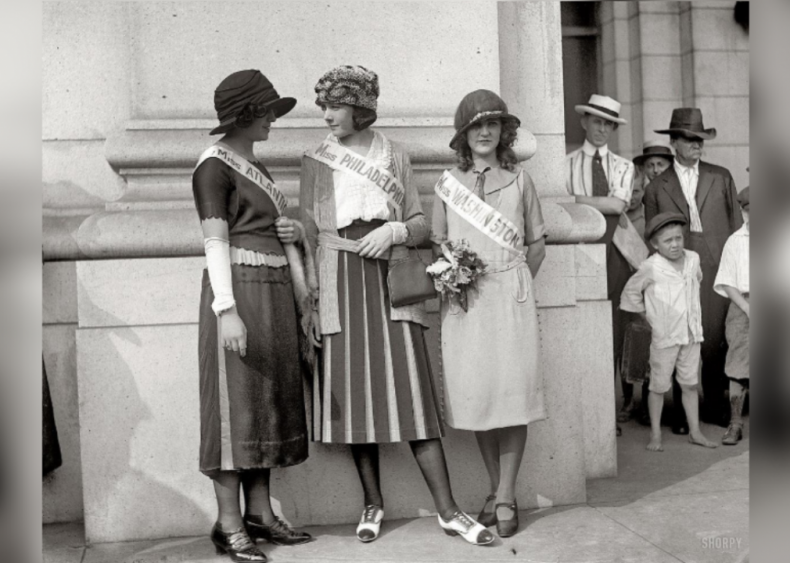
1921: Miss America
The first Miss America Pageant was staged in Atlantic City and it continues to this day. But reports of controversy, including allegations of sexual and sexist remarks, and only partial payments of scholarships by pageant organizers, could darken its future.
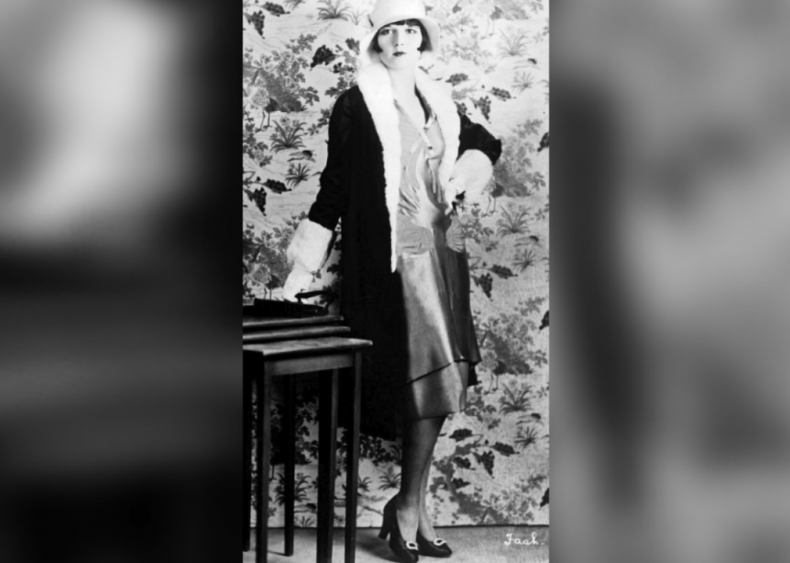
1922: Flappers
Self-defined flapper Ellen Welles Page wrote in 1922 of living the flapper lifestyle: a free-spirited, Charleston-dancing fad for young women who wore bobbed hair, powdered their noses, and wore fringed dresses and other striking styles. The Great Depression is blamed for the demise of that lifestyle and look.
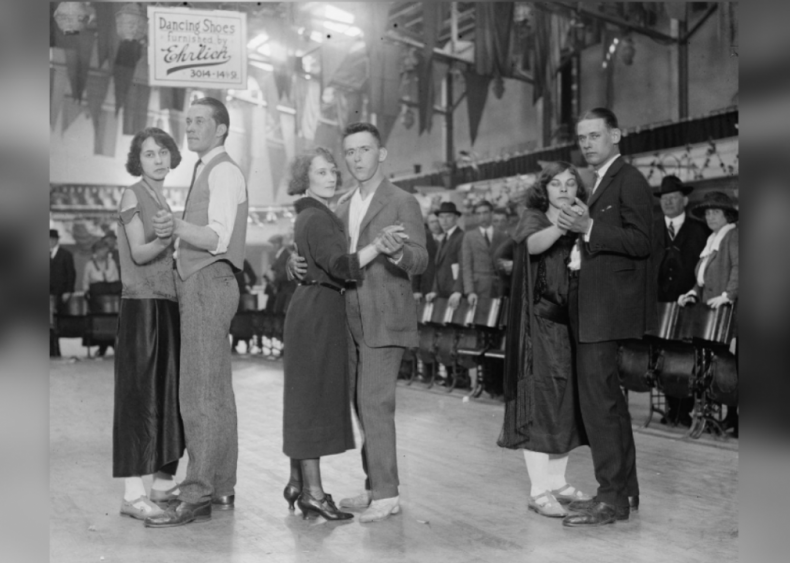
1923: Dance marathons
This fad originated in Washington state when Alma Cummings danced for 27 straight hours with six different partners. Dance marathons involved couples whodanced at local clubs for as long as their legs would hold them up, competing for money. The craze faded by the late 1930s as World War II loomed.
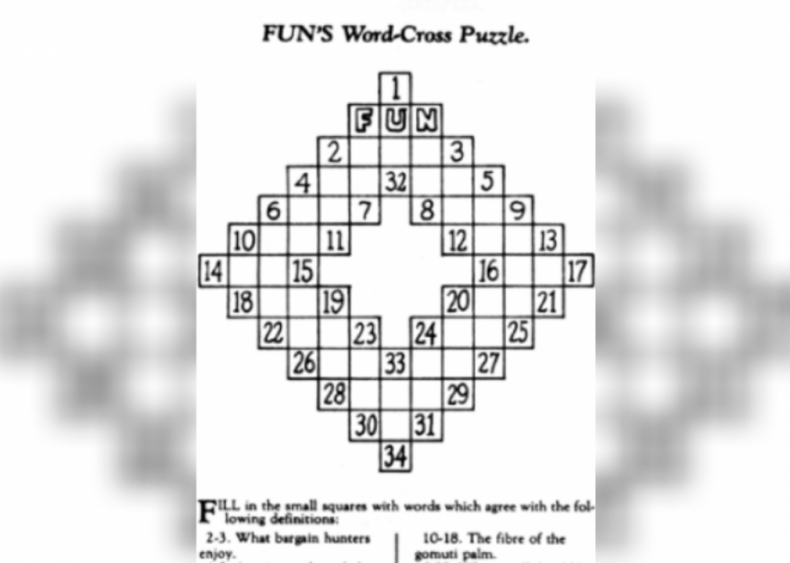
1924: Crossword puzzles
Richard Leo Simon and Max Lincoln Schuster comprised the team that published the first “Cross Word Puzzle Book,” and they remain one of the most popular puzzles on newsstands today. Simon and Schuster’s book came complete with a pencil, which helped launch crossword puzzles into a national phenomenon.
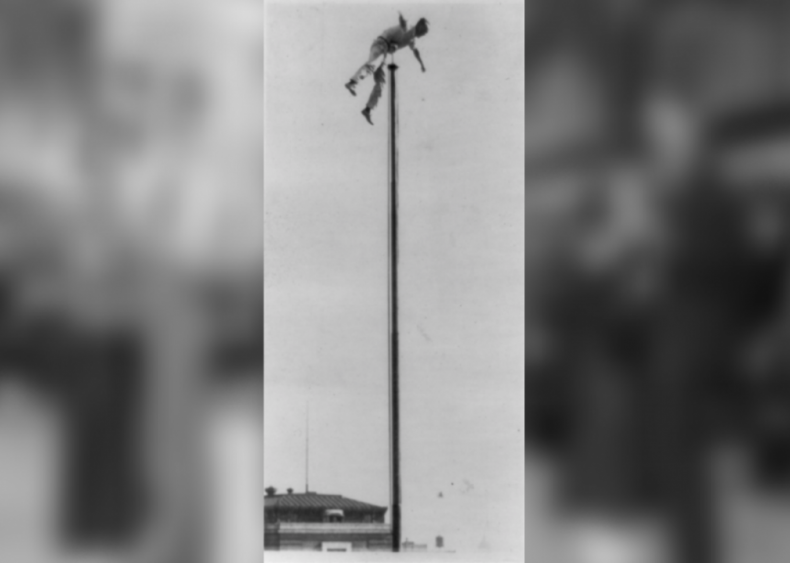
1925: Flagpole sitting
This curious fad began after a friend dared actor Alvin “Shipwreck” Kelly to sit on the top of a flagpole. He obliged—and remained up top for 13 hours and 13 minutes. Somehow it caught on, and soon sitters set records of 12 days, 17 days, and 21 days, until Kelly himself took the all-time record of 49 days in 1929. Like many on the list, flagpole sitting’s eventual fall from favor came around the same time as the start of the Great Depression.

1926: The Ionaco
Developed and used by Gaylord Wilshire a year earlier, the electric belt named the Ionaco reached peak sales in 1926. Supposedly a device to help magnetize the iron in the body and increase oxygen in the blood (thereby increasing health), the Ionaco sold about 50,000 units. But the American Medical Association criticized the inventor’s claims, and device sales declined by 1927.
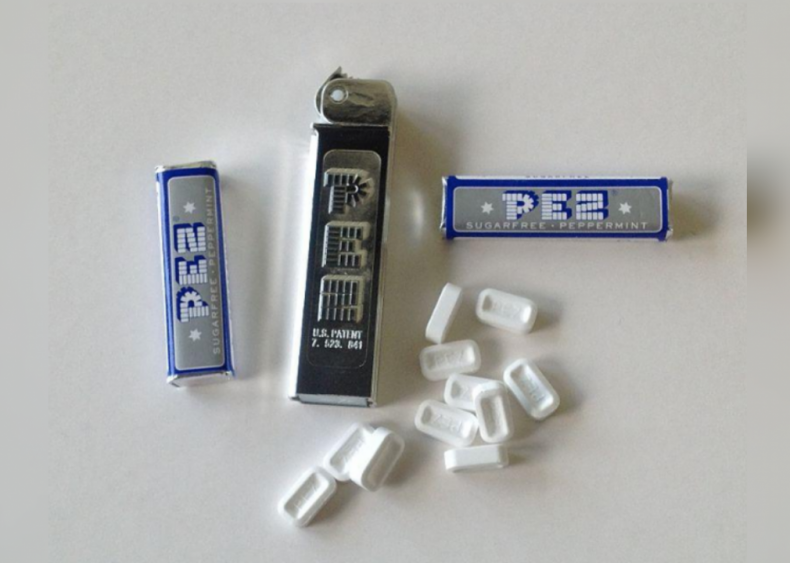
1927: Pez
Developed by Austrian candy executive Eduard Haas, Pez was a small mint candy named for a shortened German word for peppermint. First sold in small tins, the candy sold well for more than 20 years, until Pez dispensers came out in 1948. Pez’s popularity continues to this day with the iconic Star Wars line and other character dispensers.
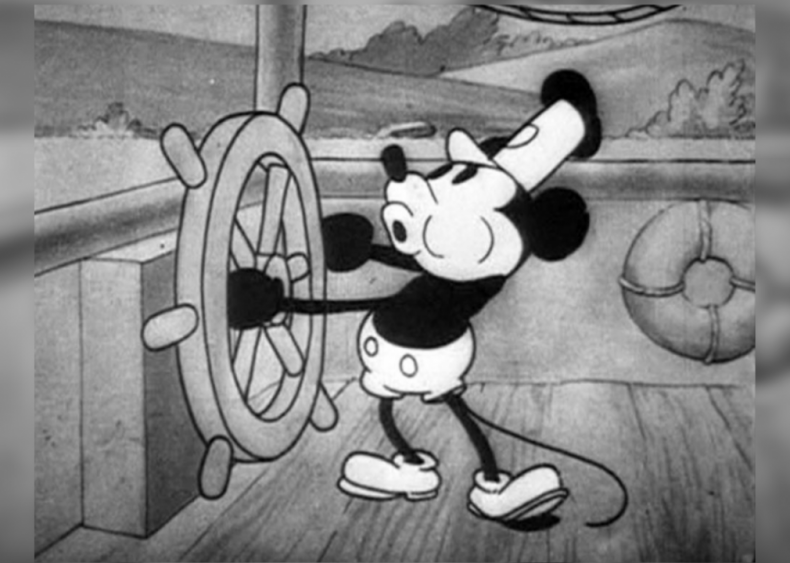
1928: Mickey Mouse
Premiered by Walt Disney and Ub Iwerks at the Disney Studios in the 1928 cartoon Steamboat Willie, Mickey Mouse appeared in his first feature-length film in 1940 and is still one of the most beloved cartoon characters of all time.
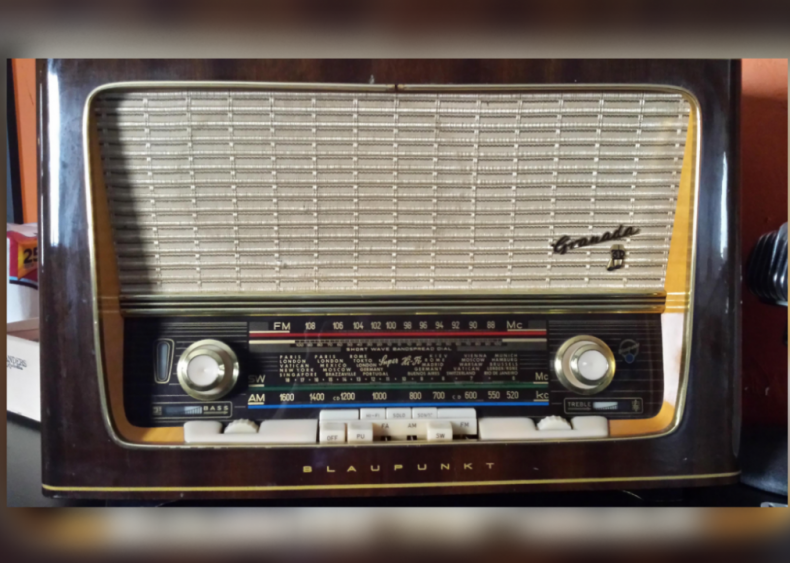
1929: Car radios
Although introduced years earlier, mass-produced car radios spread far and wide in the U.S. this year, and their popularity remains somewhat, with virtually every production vehicle featuring them as part of their stock equipment. But live streaming of music and other technologies areleading to a decline in the devices’ popularity.
You may also like: 60 Photos From the ’60s That Show How The World Changed
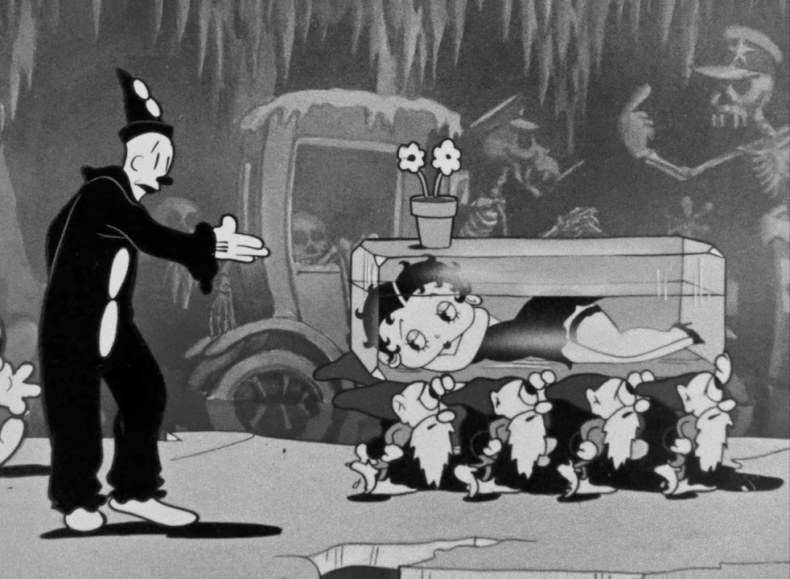
1930: Betty Boop
The first cartoon flapper, Betty Boop appeared in the 1930 animated short “Dizzy Dishes.” She started out cartoon life as an anthropomorphic dog, but evolved into her human form in 1931 with her first starring role in “Betty Coed.” Her popularity has led to a virtual museum’s worth of merchandise and movies.

1931: New York humor magazines
With the popular launch of humor magazine Ballyhoo, publishers came out with imitations including Boloney and Tickle-Me-Too in attempts to ride the wave of the original—which reached 2 million copies early the next year. Although enthusiasm for the genre waned within a year, Ballyhoo remained popular for several decades.
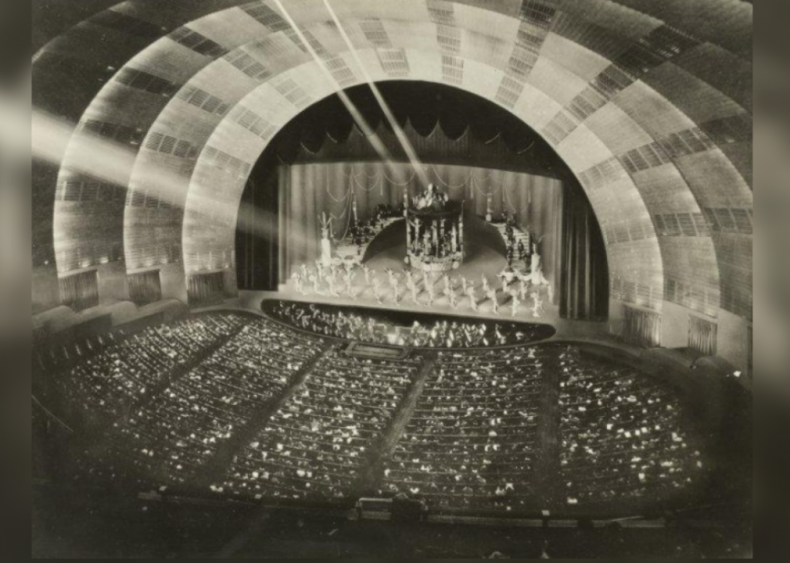
1932: Radio City Music Hall
New York’s famed concert and performance venue opened with Ray Bolger and Martha Graham. Since then, more than 300 million people have visited the venue, which is still the world’s largest indoor theater.
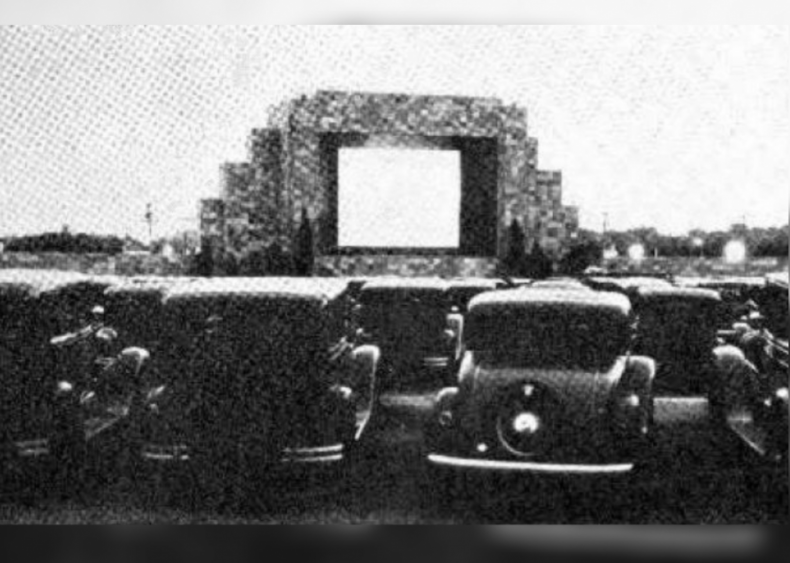
1933: Drive-in theaters
Begun in 1933 by Richard Hollingshead,drive-in theaters took off with the first in Camden, New Jersey. Starting with 100 theaters, the amount of these venues jumped to 2,200 in 12 years. Although their numbers peaked at 4,063 in 1958, drive-ins have been disappearing at a rapid rate. Among the reasons for their decline are changing attitudes toward cars to smaller vehicles, the advent of home movies, and shifting economics of the movie industry; but some still survive.
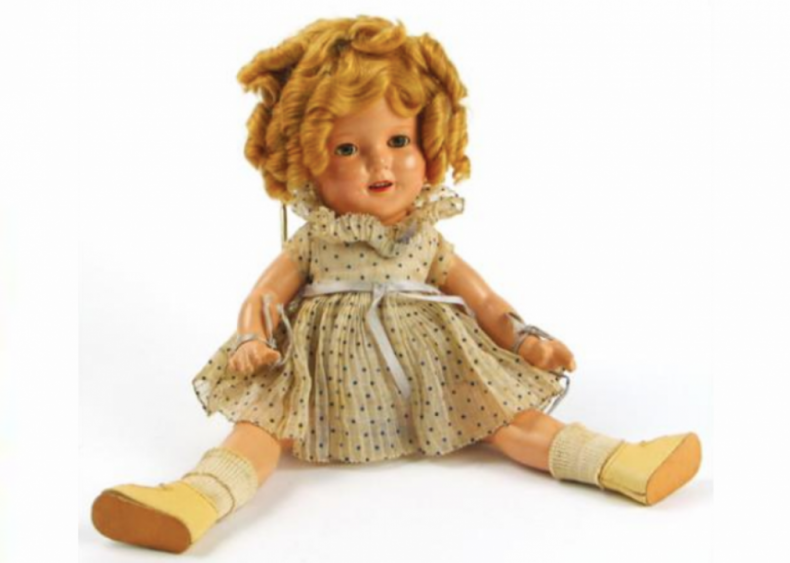
1934: Shirley Temple doll
The Ideal Toy and Novelty Company began manufacturing the Shirley Temple doll in 1934, inspired by America’s favorite child actress. The doll, which sold for $3 to $5, made $45 million for the company over seven production years.

1935: Monopoly
Monopoly was introduced by Parker Brothers in 1935 and sold 20,000 sets in one week. It is still one of America’s most popular board games and is produced in countless themes. Thelongest game of Monopoly reportedly lasted 70 days.
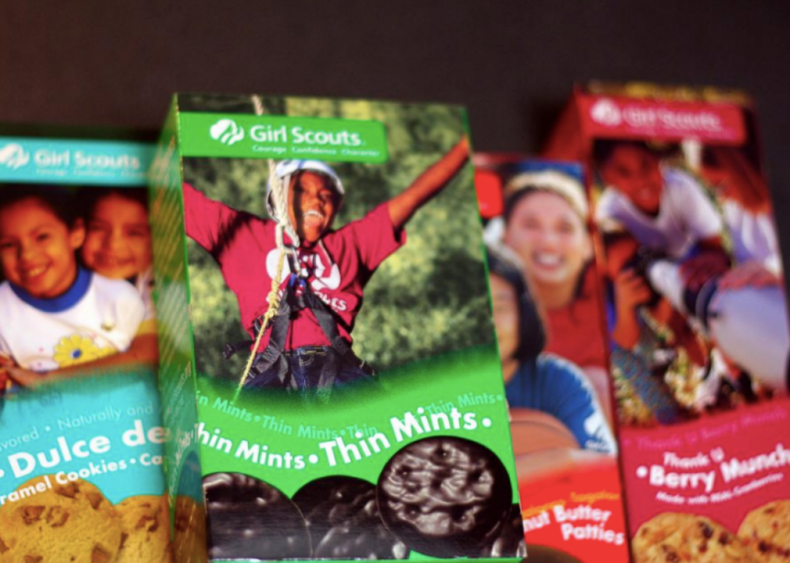
1936: Girl Scout cookies
Although Girl Scout cookies were offered in local councils as early as 1922, it wasn’t until 1936 that the national organization began licensing commercial bakers to produce the treats for the masses. Flavors and types of the iconic cookies evolved over the years, and the scouts have sold $700 million worth since 1999.

1937: Spam
When Hormel launched Spam, it became a consumer hit—complete with fan clubs that honored and praised this canned meat product. Made of pork with ham meat, water, potato starch, sugar, and sodium nitrite, Spam still spawns new recipe ideas and contests, keeping the product internationally popular.
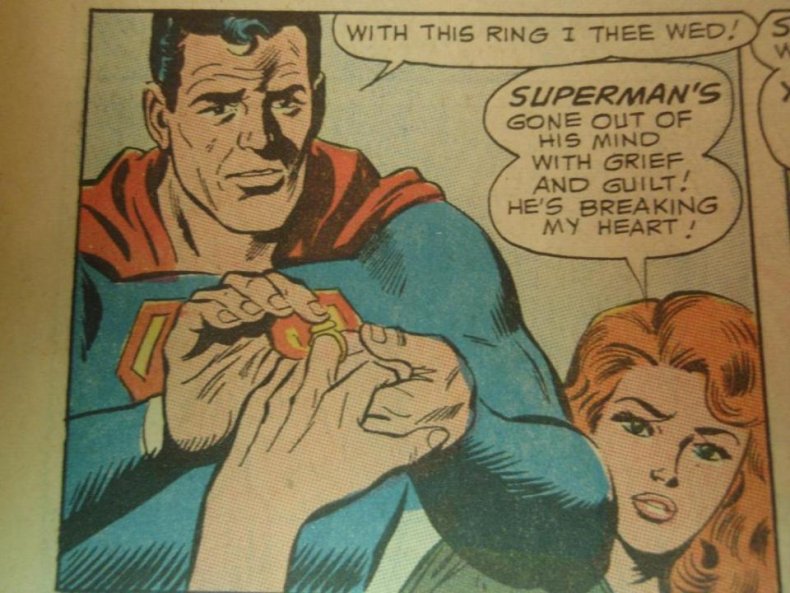
1938: Superman comics
Action Comics released the first Superman comics in 1938, which led the Man of Steel to become the first superhero to have his own comic book the following year—eventually leading to an empire including TV and movie series, plus merchandise galore. Superman is believed to be the start of the golden age of comics, and publications featuring him continue to be updated and revamped by DC Comics.
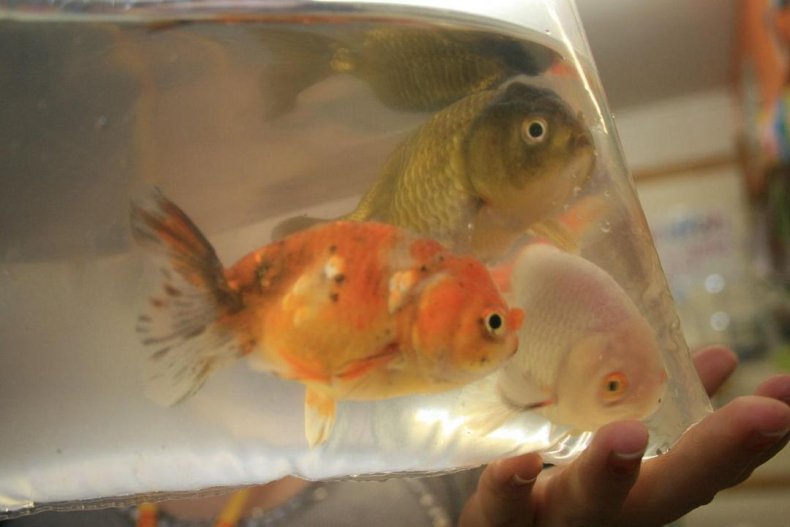
1939: Goldfish swallowing
Launched as a dare executed by a Harvard freshman, goldfish swallowing on college campuses reached its peak in April, when 101 goldfish were swallowed to take the record that year. School administrators and the medical profession couldn’t put a stop to the fad, which eventually died out on its own.
You may also like: 50 Fascinating Facts About the Music Industry
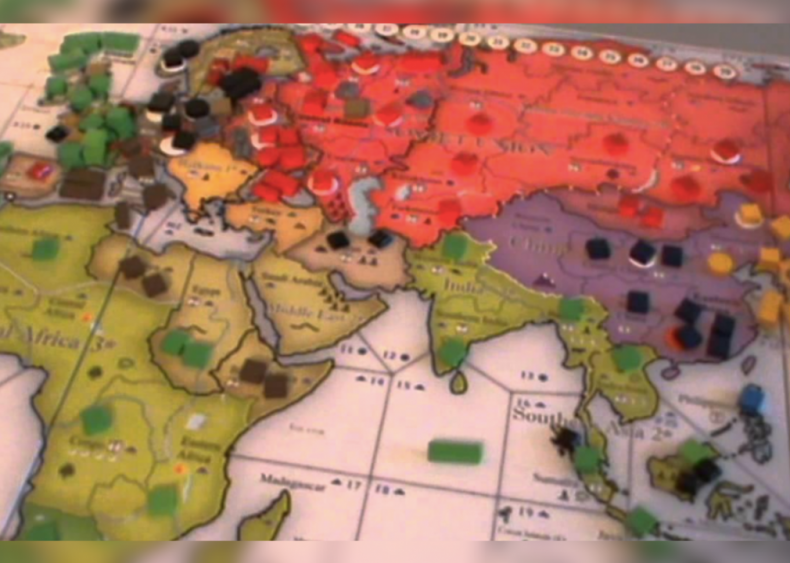
1940: ‘Conflict’
Parker Brothers created this popular war-themed board game in 1940, depicting both land and sea battles. Players movedminiature military pieces on a grid, trying to invade opponents’ spaces and capture their pieces. Parker Brothers produced the game until about 1972.
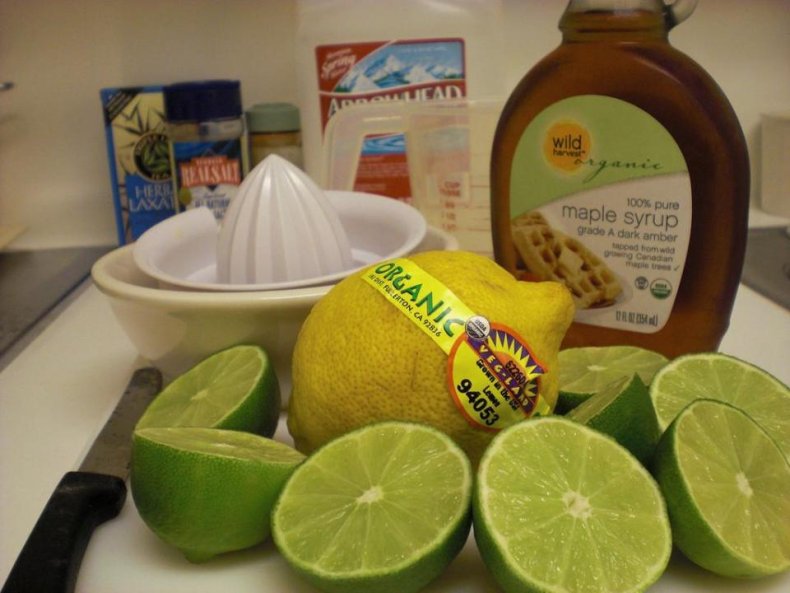
1941: Master Cleanse
Also known as the “lemonade diet,” the Master Cleanse promised to eliminate cravings for junk food, alcohol, tobacco, and drugs. According to creator Stanley Burroughs, it required consuming a mix of lemon or lime juice, maple syrup, water, and cayenne pepper six times a day for at least 10 days. Beyoncé reportedly brought the diet back into popularity in 2006, claiming she lost 20 pounds in two weeks.
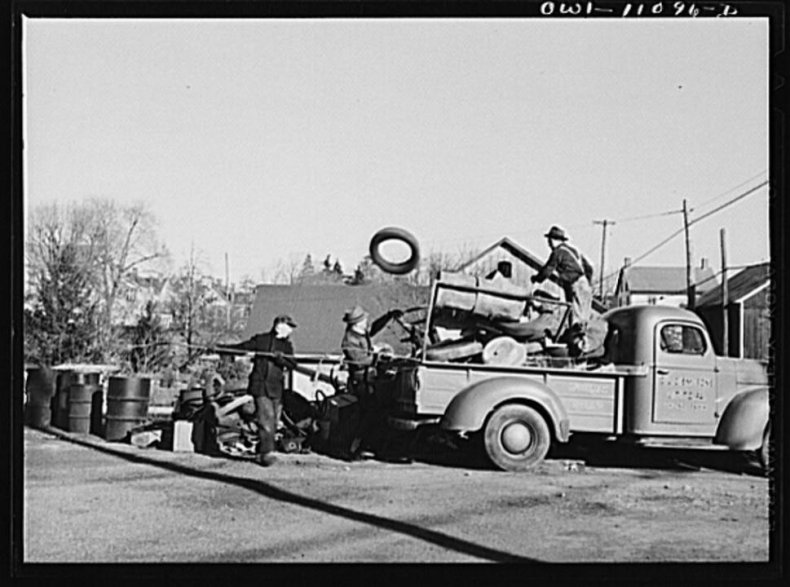
1942: Scrap drives
Americans in 1942 took part in national scrap drives to aid in the war effort. Recycling unused or unwanted metal helped build war equipment. Rubber, paper,kitchen fat, tin cans, rags, and newsprint were gathered up. Even recorded music was salvaged and archived. The effort continued through the end of World War II.
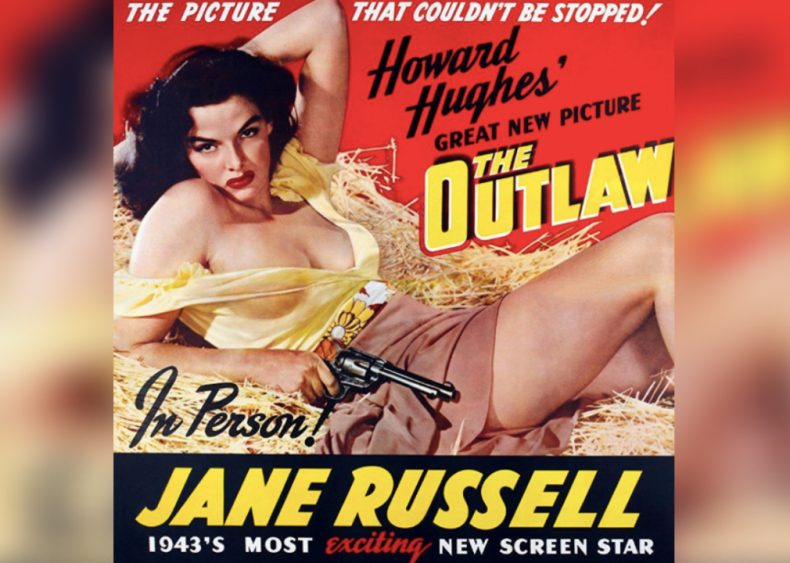
1943: The conical bra
Movie producer Howard Hughes designed this cantilevered bra for actress Jane Russell in 1943 in the movie, The Outlaw. After seeing how the bra enhanced Russell’s figure, brassieres that could “lift and separate” became popular across America.

1944: Girls wearing men’s clothing
The May 15, 1944 edition of Life magazine explored the then-novel concept of high-school girls wearing men’s clothing, such as shirts, bow ties, sweaters, and jackets. Boys most of the time kept it far more casual, often wearing blue jeans or corduroys rolled at the bottom. To this day, menswear-inspired fashion for women remains a classic wardrobe option.

1945: Slinky
Invented by Richard T. James and launched for the 1945 Christmas season by Gimbels of Philadelphia, a Slinky is 80 feet of wire coiled into a 2-inch spiral that “walks” down the stairs. More than 300 million of the metal toys have sold since Slinky’s release.
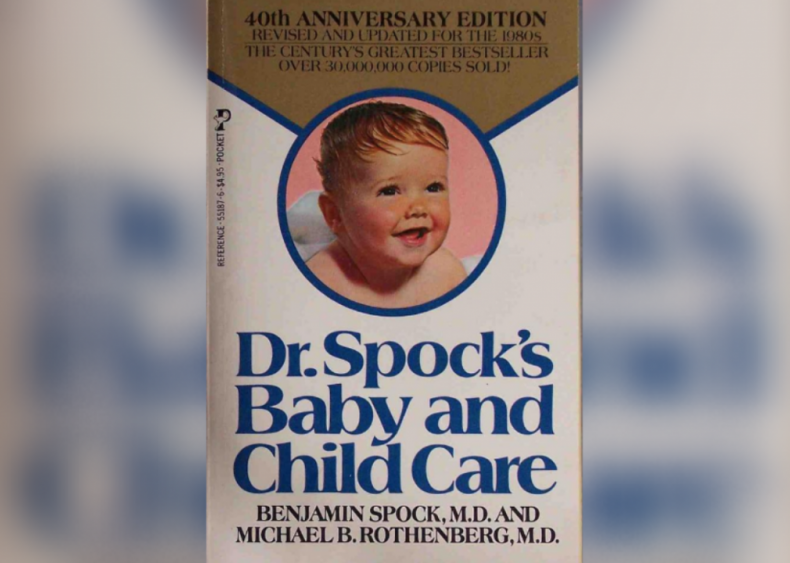
1946: ‘Baby and Child Care’ by Dr. Spock
Originally published under the title The Common Sense Book of Baby and Child Care, Dr. Benjamin Spock’s iconic book encouraged parents to trust their own instincts when raising their children. It was renamed in 1957 and revised seven times, selling more than 50 million copies in 42 languages.
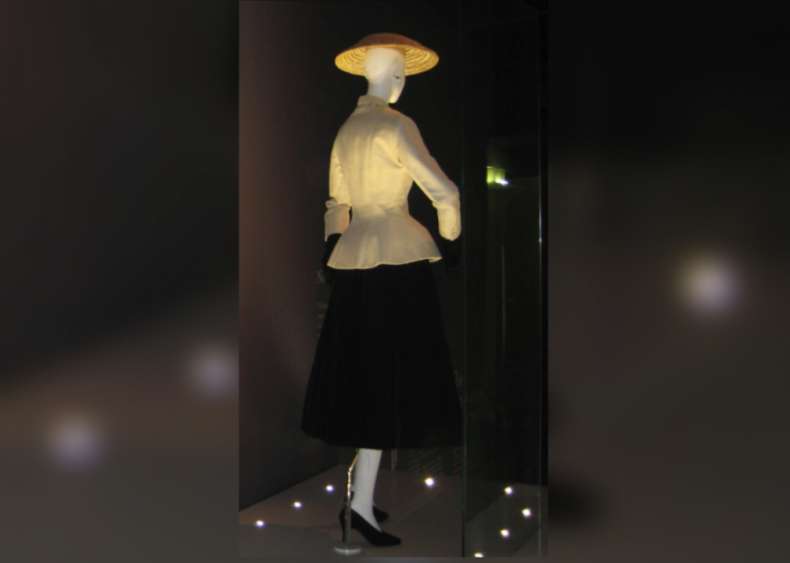
1947: The New Look Revolution
Popularized by Christian Dior at a Paris exhibition, the New Look Revolution featured Dior’s haute couture collection of styles that would enhance femininity at the cost of “austere, masculine style.” The look included rounded shoulders, cinched waist, and a full A-line skirt, and, although it nearly disappeared in the 1960s, it has experienced a revival since the 1990s.
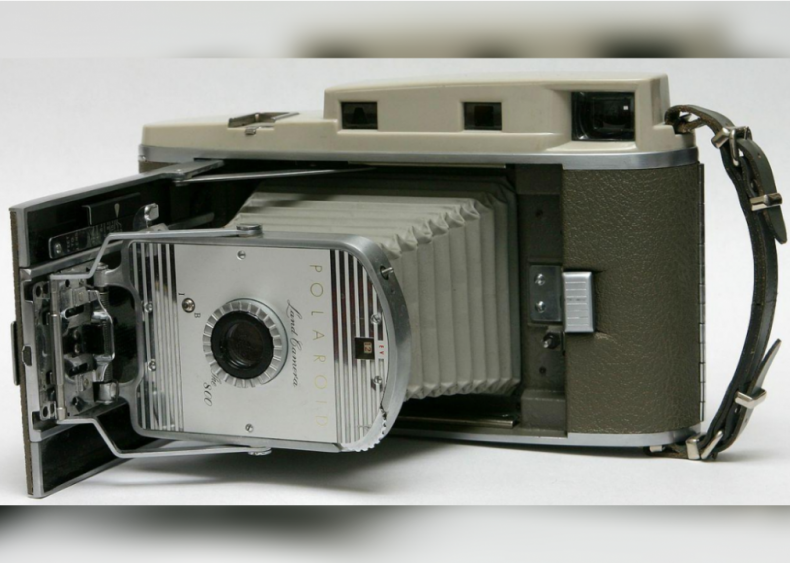
1948: Polaroid photography
The year 1948 was when the Polaroid Land Camera was first sold to the public, providing a one-step photography process that provided instant gratification. It was an immediate hit and was used by Ansel Adams and other renowned photographers. The device remained more or less popular until around 1991 when digital photography began to appear.
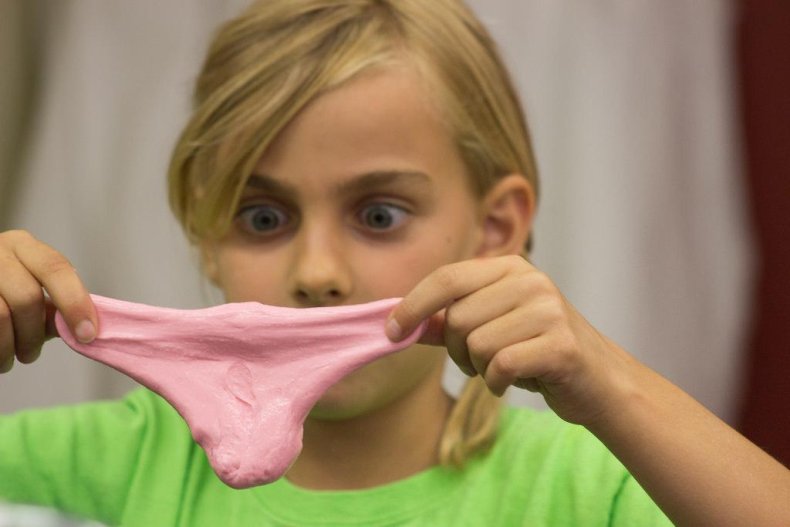
1949: Silly Putty
Peter Hodgson invested $150 to create 1-ounce bags of Silly Putty in plastic eggs, and it became aninstant success. Millions of the pliable goo have been sold since, and continue to sell today.
You may also like: 50 Car Companies That No Longer Exist
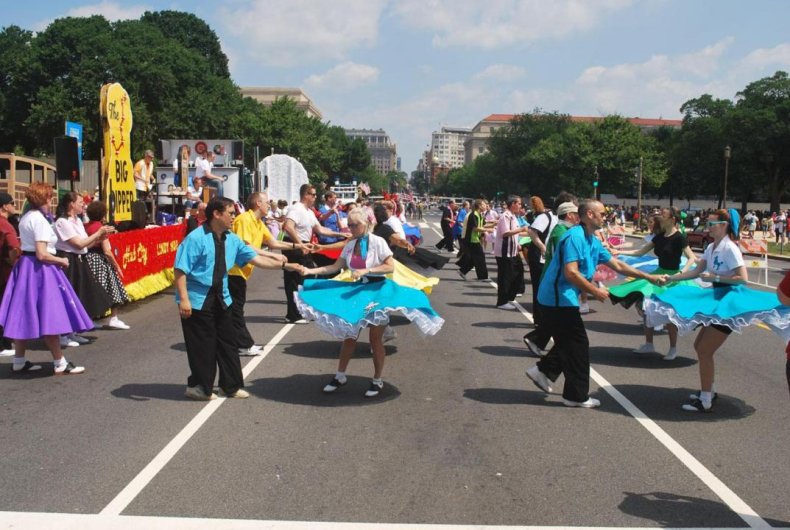
1950: Poodle skirts
Juli Charlot created the original prototype of a poodle skirt in 1947 after cutting a circle of felt to fit her waist and appliqueing Christmas trees to it. By 1950, the skirt became so popular that she opened her own factory. Although many designs were used on the skirts, poodles were the most popular, making the skirt a true icon of the 1950s. Its popularity continues as a novelty retro item.
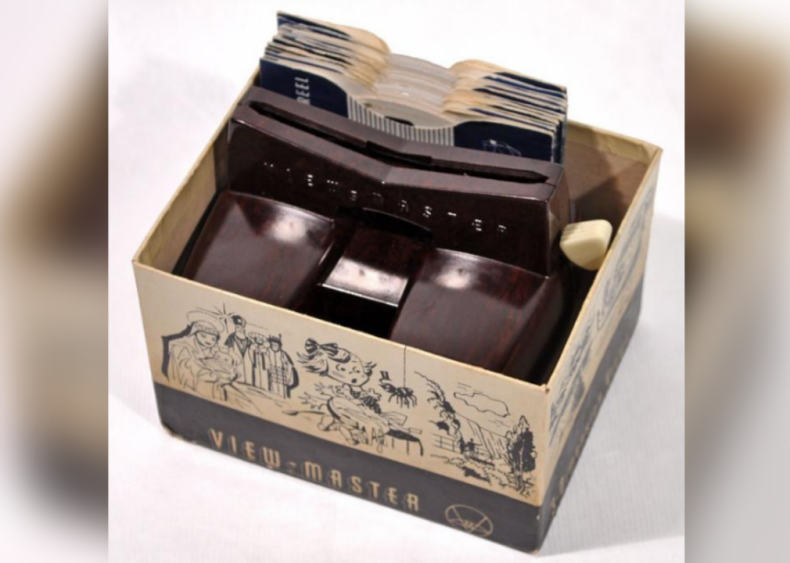
1951: Vintage toys
1951 saw the release of a collection of toys that became classics through the decade, including a crawling baby toy ($1.15); Hopalong Cassidy Wrist Watch ($7.65); the pull-along Butch the Pup toy that barked and wagged its tail (56 cents); and the Alice in Wonderland watch ($7.65), among many others. The advent of images of Walt Disney characters also pushed the View-Master into popularity this year.
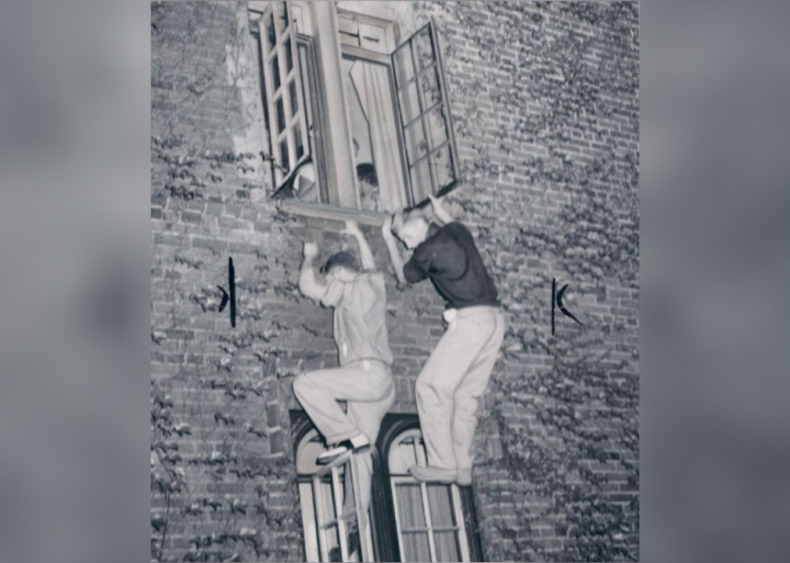
1952: Panty raids
Originating in 1949, panty raids took off in 1952 after a crowd of male students at the University of Michigan entered several women’s dorms and “took items of lingerie as souvenirs.” Before the year was out, the raids spread to 52 campuses across the country, with as many as 3,000 male panty raiders at the University of Texas in 1961. The fad died in the late 1960s with changing attitudes, rule changes on college campuses, and other outlets for social protest.
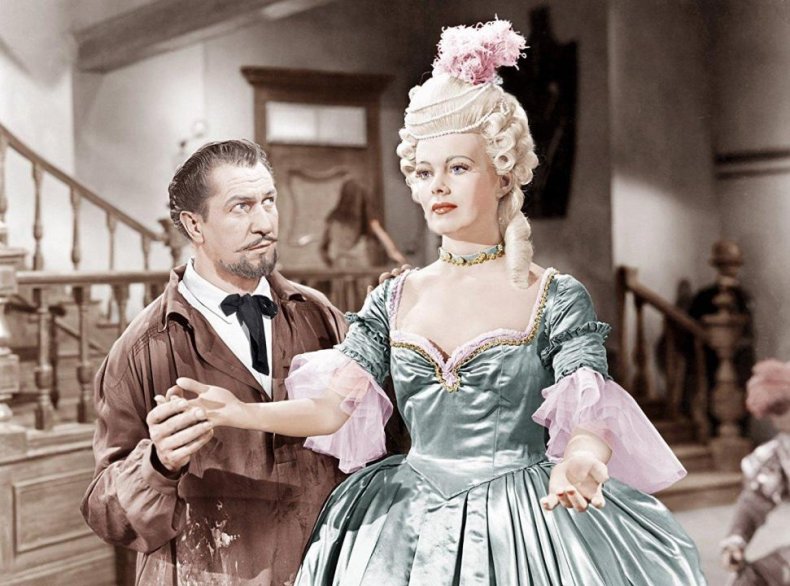
1953: 3D movies
Beginning with the release of Bwana Devil in 1952, the popularity of 3D movies spread far and wide in 1953, when there were more than 5,000 theaters nationwide equipped to show them. The movies House of Wax and It Came From Outer Space were released in 3D this year. Moviegoers complained of eyestrain a few years later, but new technology fueleda comeback with IMAX films.
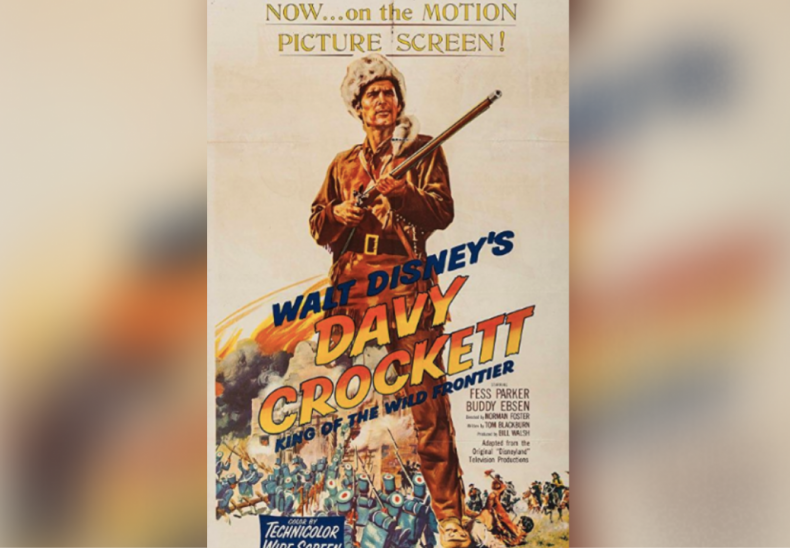
1954: Davy Crockett
Actor Fess Parker, starring as Davy Crockett, helped launch this wildly popular television series this year. Nearly 12 million viewers watched each of its five installments, beginning in December. The Ballad of Davy Crockett, the show’s theme song, became a No. 1 Billboard hit in 1955. His signature coonskin cap topped The New York Times‘ list of must-have toys of the decade.
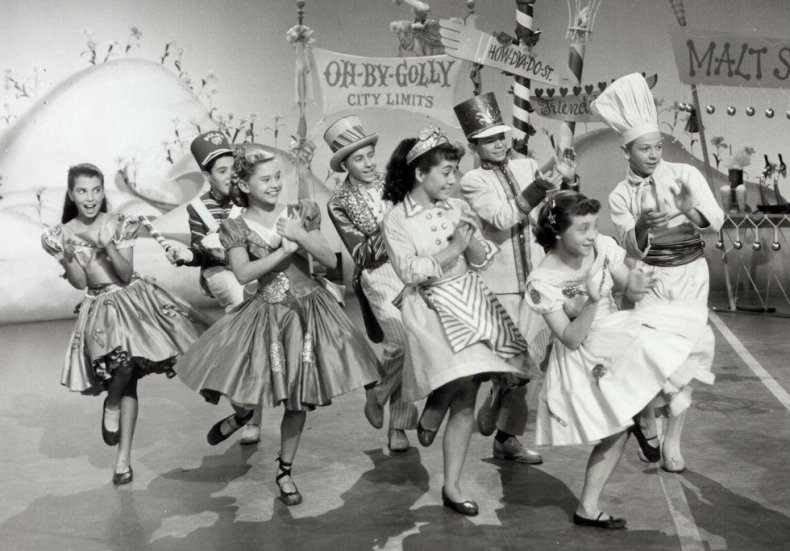
1955: ‘Mickey Mouse Club’
One of the 1950s’ most beloved variety TV shows for kids, the Mickey Mouse Club show (featuring the Mouseketeers) kicked off in 1955 on ABC, which dropped the series just four years later in 1959. But edited reruns and evolving programming kept versions of it on the air through 1996. Later cast members included Ryan Gosling, Britney Spears, Justin Timberlake, Christina Aguilera, and other household names.
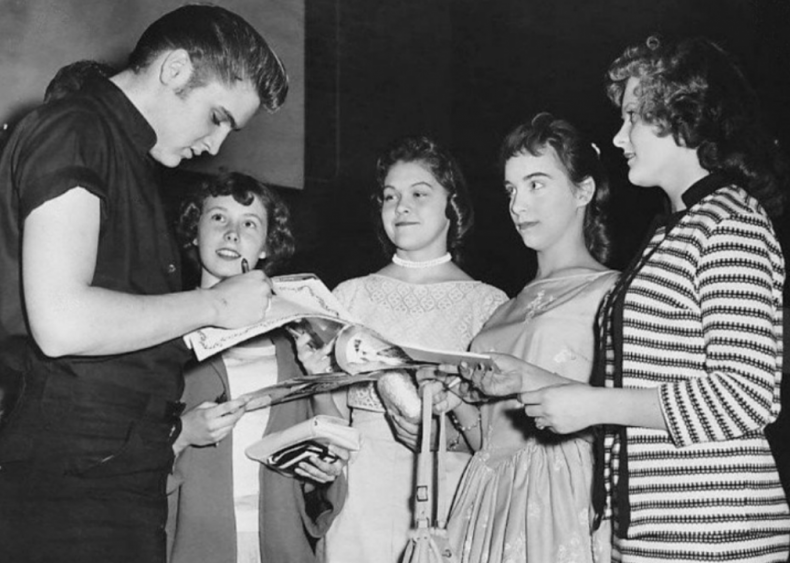
1956: Elvis
Still one of America’s all-time favorite singers, Elvis Presley’s fame skyrocketed in 1956, with his first No. 1 single, “Heartbreak Hotel” and first No. 1 album, Elvis Presley. His fame continued to spread across America, with TV appearances and chart-topping records, plus his first movie contract with Paramount Pictures for Love Me Tender.
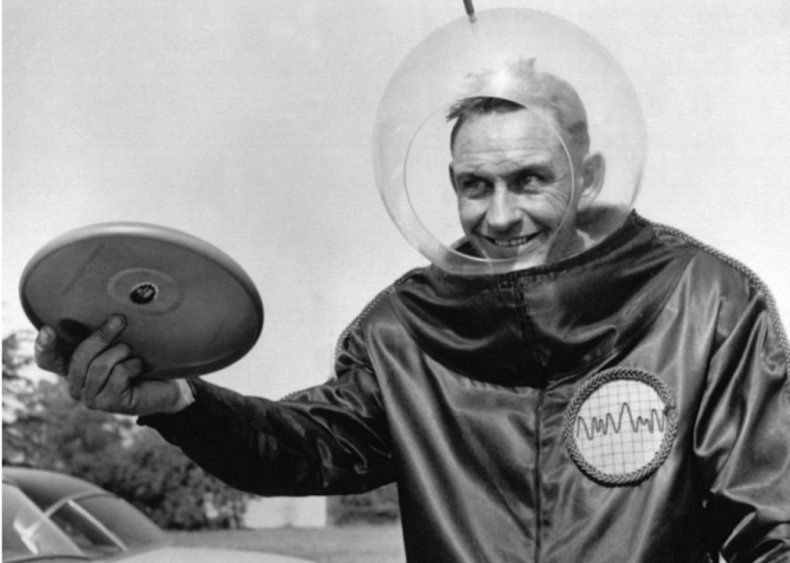
1957: Frisbee
Released to the public in January, Frisbees took off this year after toy company Wham-O bought the initial flying disk concept (dubbed the Pluto Platter) from inventor Walter Frederick Morrison in the late 1940s. Considered a fad that would soon die out, more than 100 million Frisbees have been sold so far, and sports such as Frisbee golf have evolved to keep the hovering disc popular.
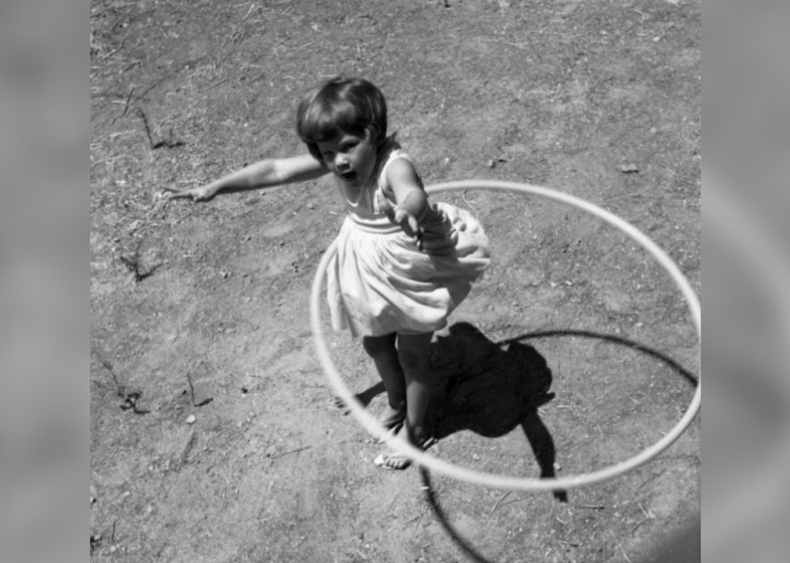
1958: Hula hoop
Invented by Arthur K. Melin and Richard P. Knerr of the Wham-O toy company, the hula hoop was inspired by Australian wood rings. More than 100 million of the multi-colored plastic hoops sold in the first year on the market. Although the fad slowed in the 1960s, the toy is still popular, and has had resurgence as an effective exercise routine.
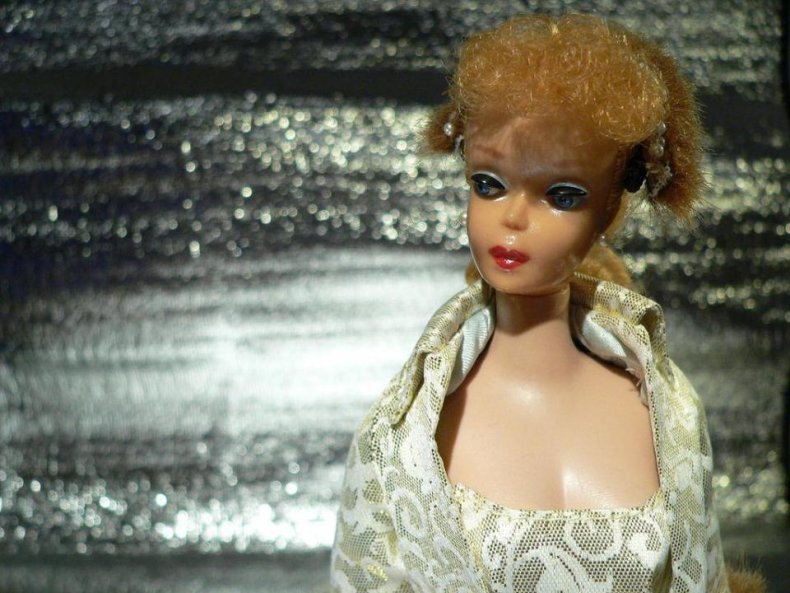
1959: Barbie
Born Barbie Millicent Roberts on March 9, 1959, to Mattel founders Ruth and Elliot Handler, the Barbie doll and her fashions, accessories, and friends swept America’s little girls off their feet. The ever-evolving fashionista and her entourage continue to be some of America’s favorite toy selections, withmore than 1 billion sold since its release.
You may also like: The Origin Stories Behind 30 of Your Favorite Holidays

1960: The Twist
Rock ‘n Roll singer Chubby Checker took the song and dance style “The Twist” to the top after he appeared on American Bandstand. The dance originated in the Peppermint Lounge, a New York nightclub. The dance craze gave way to new dances such as the Mashed Potato and the Watusi.

1961: Fallout shelters
With America and the Soviet Union seeming on the brink of nuclear war, President John F. Kennedy urged Americans to protect themselves by building fallout shelters. Soon, how-to books were widespread, and fallout shelters were all the rage until negotiations (détente) eased tensions and fears later in the decade and into the late 1970s.
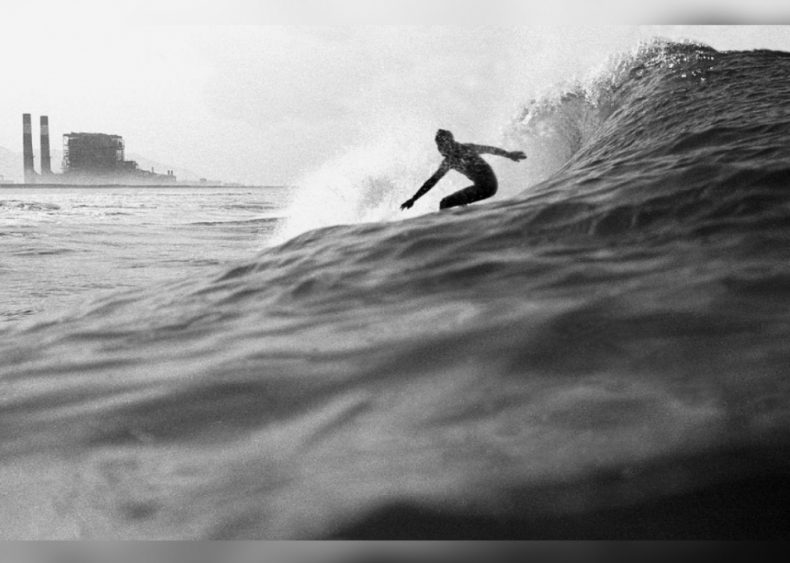
1962: Surfing
Popularized by the music of the Beach Boys, Jan and Dean, Dick Dale, the Bel-Airs, and dozens more, thesurfing craze was more of a lifestyle than a fad. Epitomized in 1962 with “Surfin’ Safari” by the Beach Boys and catapulted into popularity with numerous movies, the sport is still popular with many.
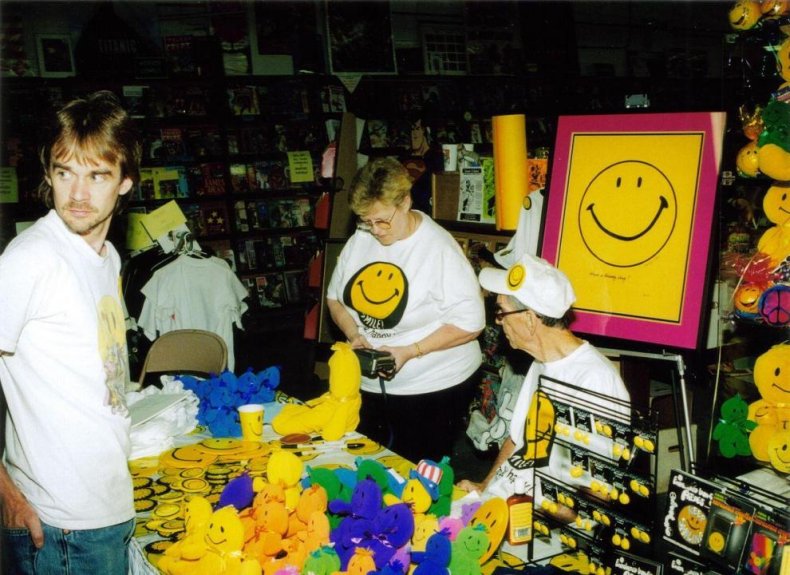
1963: Smiley faces
In an era long before emoji, smiley faces were created in 1963 by graphic artist and advertising pro H.R. Ball—a client was seeking a way to raise morale among insurance company employees. He never copyrighted the image, which was appropriated in 1971 by the Spain brothers. Many others have taken claim for the icon, which makes more than $100 million a year for the Smiley Company and was even used by Walmart for a time.
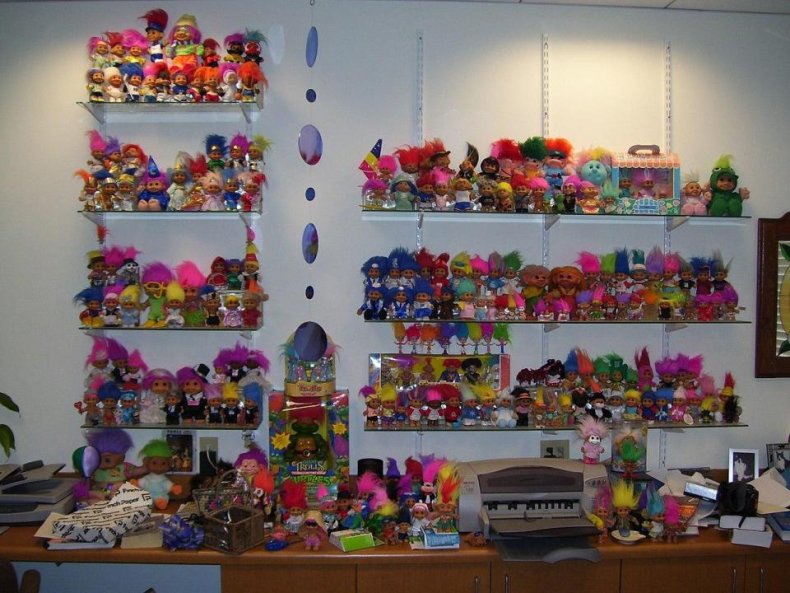
1964: Troll dolls
The Danish inventor of Troll dolls, Thomas Dam, originally created these longhaired, wide-eyed creatures (once known as Dam Dolls) for his daughter in 1959. It became an American toy craze in 1964 and became popular again in the 1990s. Like many popular toys, knockoffs ran rampant—but the Dam family prevailed in a copyright battle in 2003.

1965: Go-go boots
Created in 1964 by Andre Courreges, go-go boots becamepopular the following year as the go-to fashion accessory for women from Los Angeles to New York. Nancy Sinatra’s hit “These Boots Are Made for Walkin'” further boosted the appeal of these calf-level shoes. But fashion changes with shorter skirts and higher boots pushed this one out of the mainstream before year’s end.
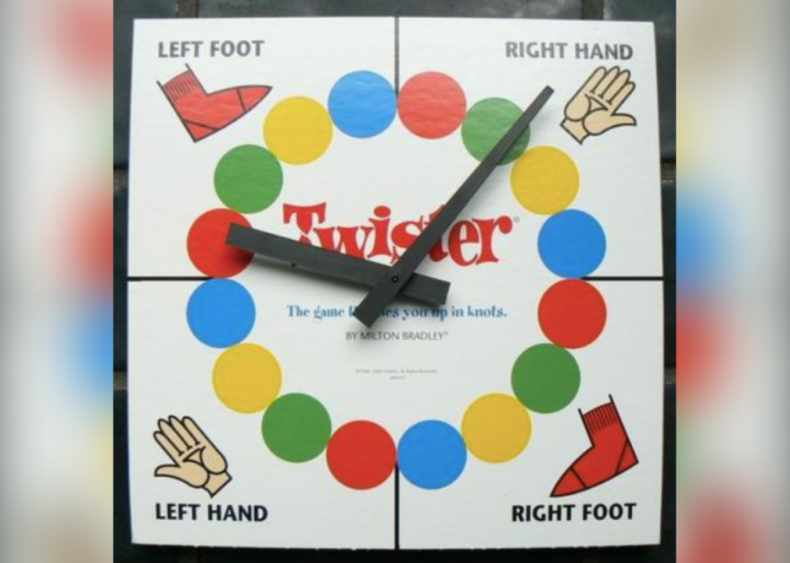
1966: Twister
In the Twister party game, four players have to touch colored spots with hands or feet only, on a floor mat. As colors are called out, the players have to twist to maneuver to new spots without falling. The game became an overnight hit when Johnny Carson played it with Eva Gabor, and it made it to theNational Toy Hall of Fame.

1967: Hippies and the Summer of Love
The so-called Human Be-In in San Francisco popularized hippie culture across the nation this year, as 30,000 flower children gathered in Golden Gate Park, and the Monterey Pop Festival in June brought the rock music of this counterculture to a wide audience and kicked off the Summer of Love. Time magazine wrote of the hippie subculture in July. In October, the hippie movement was declared dead in asymbolic parade and funeral.

1968: Jacuzzi hot tubs
Named for inventor Roy Jacuzzi, the world’s first integrated whirlpool bath was released this year, leading to an indoor-outdoor hot tub craze that peaked in the late 1970s, when 400,000 were sold in one year in California. Although later this fad included in new-home construction, whirlpool baths in new homes are now on a major decline.

1969: Woodstock music festival
Billed as “three days of peace and music,” the Woodstock music festival featured more than 30 rock bands and was attended by more than 400,000 in upstate New York. The event is widely regarded as a key turning point in popular music history and the counterculture movement of the times.
You may also like: 50 Famous Quotes and the Surprising Writers Behind Them
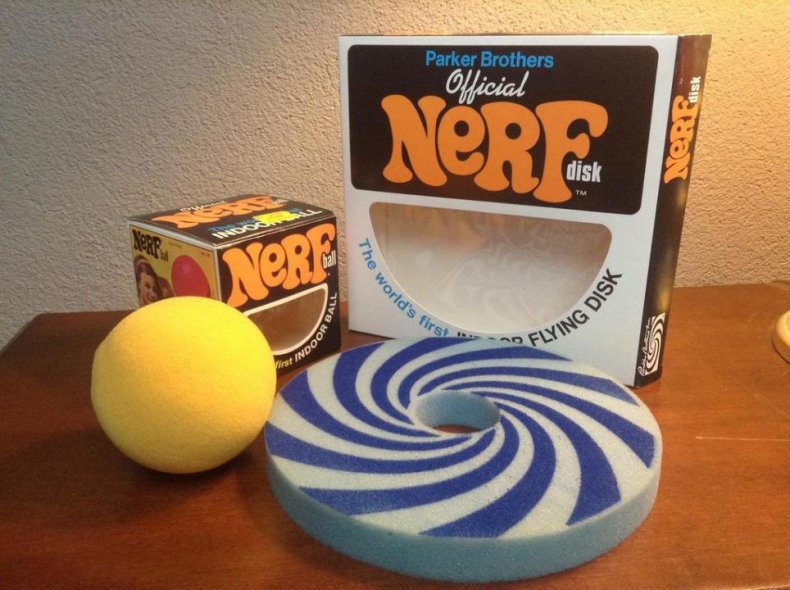
1970: The Nerf ball
Billed as the world’s first—and safest—foam ball, the Nerf Ball sold 4 million units in its first year. Its popularity continued as new toys such as Nerf guns and darts continued to hit the market and remain popular today.

1971: Acupuncture
President Richard Nixon visited Mainland China in 1971, returning with a new appreciation of Chinese philosophies and cures—including acupuncture. Considered by some to be healing magic, acupuncture helps reduce pain and the effects of injury or illness due to an imbalance in the body’s energy, or “chi.” The mainstream medical community sought to discredit it, but its practice is becoming even more popular today.
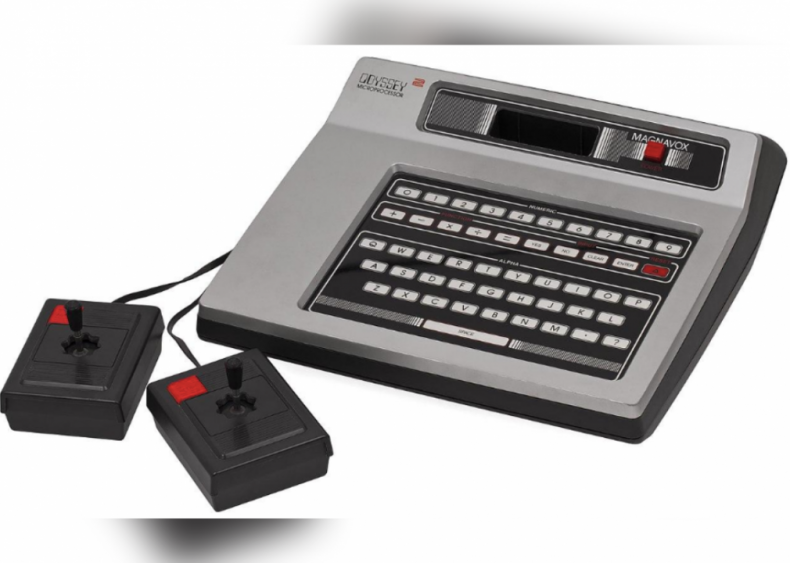
1972: Video games
Video games got their popular start in 1972 with the introduction of the Odyssey—thefirst video game home console—which inspired Atari’s Pong, the first arcade video game (released later that year). With numerous advances in technology, video games are now a $100 billion global industry.

1973: Streaking
Another college campus fad, streaking involved young people running through public places naked. Starting at Memphis State University, it quickly spread to other college campuses especially in the Los Angeles area, with about 1,500 performing a mass streak at the University of Georgia. It spread throughout the nation until fading at the end of the 1970s.
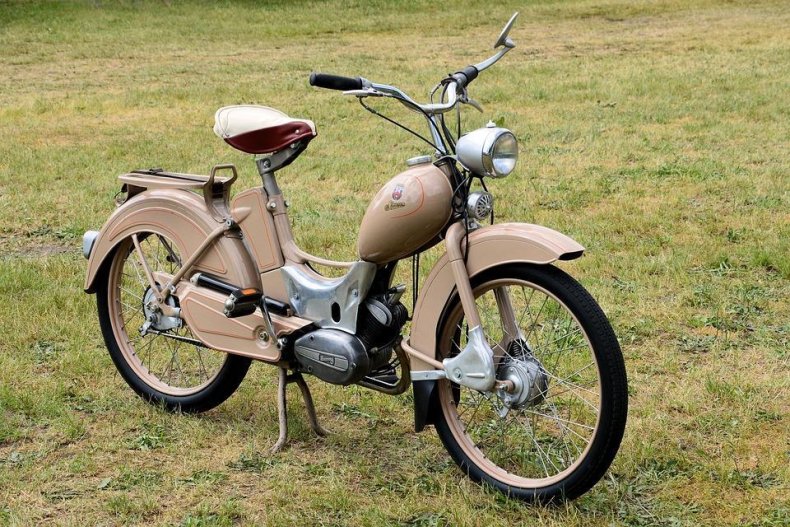
1974: Mopeds
With the United States stuck in a fuel crisis due to an oil embargo, the fuel-efficient moped rolled into popularity in the U.S. in 1974. Half bicycle and half motorcycle, the moped could get up to 220 miles on one tank of gas. More than 250,000 Americans had bought mopeds by 1977, but their popularity waned as gas prices dropped.

1975: Pet rocks
Conceived by Gary Dahl, pet rocks came complete with a 32-page training manual on how to care for your pet rock. About 1.5 million of the collectibles sold at $4 each. The fad died off in 1976 due to low sales.
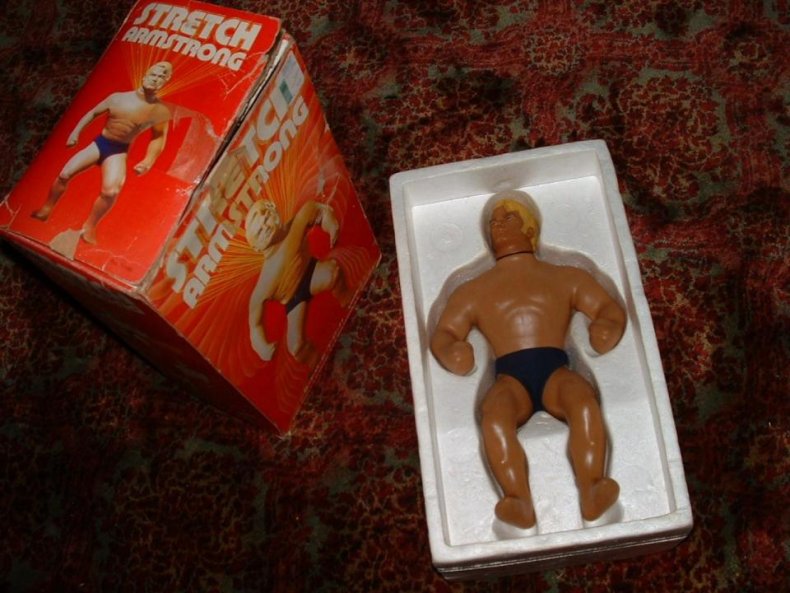
1976: Stretch Armstrong
One of the most popular toys of the year, Stretch Armstrong was a large, muscular action figure that owed its stretchiness to corn syrup. Marketed from 1976 to 1980, his popularity went global, with 67 different versions including popular superhero and other figures. Stretch even went on to star in movies and a TV series. His popularity leveled off but gained additional traction by making the Must-Have Toys List in 2017.

1977: Disco
Born on Valentine’s Day in 1970,Disco kicked off when David Mancuso opened The Loft nightclub in New York City. This new breed of dance music peaked with artists like KC and the Sunshine Band, Donna Summer, and scores of others, and rocketed in popularity after the movie Saturday Night Fever in 1977. The number of discos soared from 1,500 to 45,000, but the faddied down by 1980.

1978: Cabbage Patch Kids
Created in 1978, Cabbage Patch Kids came with their own names and birth certificates, and went on to become one of the most popular toy fads of the 1980s. Their popularity lessened by the end of the decade, but they were successfully re-released in 2004.
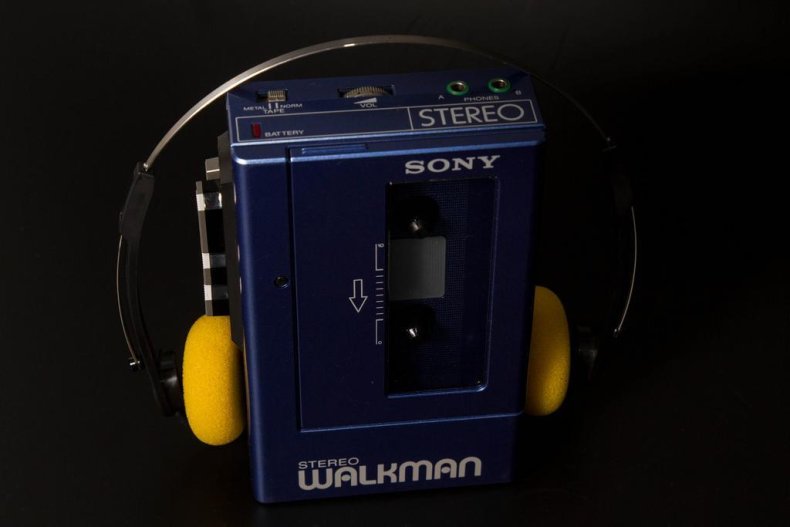
1979: Walkmen
The original Walkman cassette player revolutionized the music listening habits of people on the go. From commuting to exercising, the Walkman personal stereo kept music in the ears of a mobile America, with hundreds of millions sold. Continual advances in technology, including iPod players and cell phones, led to the device’s retirement in 2010.
You may also like: The 50 Best TV Shows That Were Canceled Too Soon
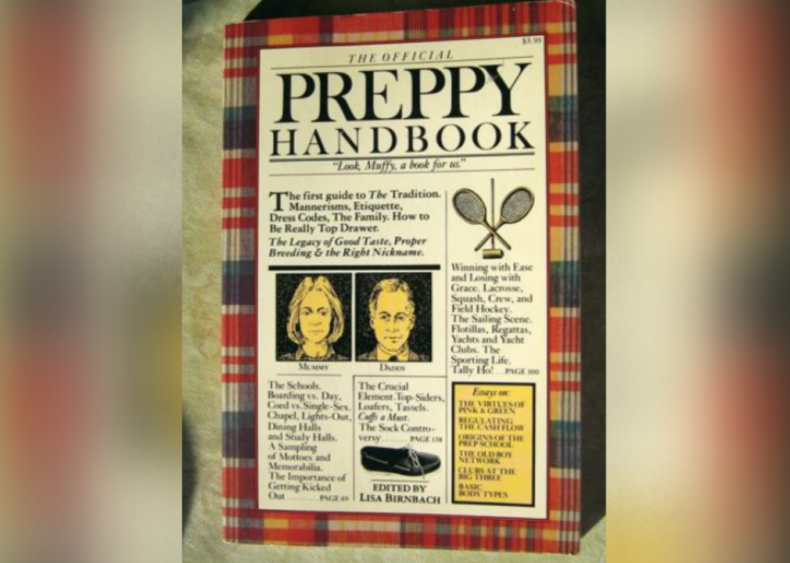
1980: Preppies
Written by Ivy Leaguers in 1980, the humorous Official Preppy Handbook popularized wealthy New England styles for prep school and university life, such as layered twin polo shirts, khaki pants, and ribbon belts. High-end retailers like Brooks Brothers, Ralph Lauren, and Lacoste became synonymous with the trend, which often featured tennis and sailing motifs. Even though the initial fervor died down, certain elements remain fashion staples.
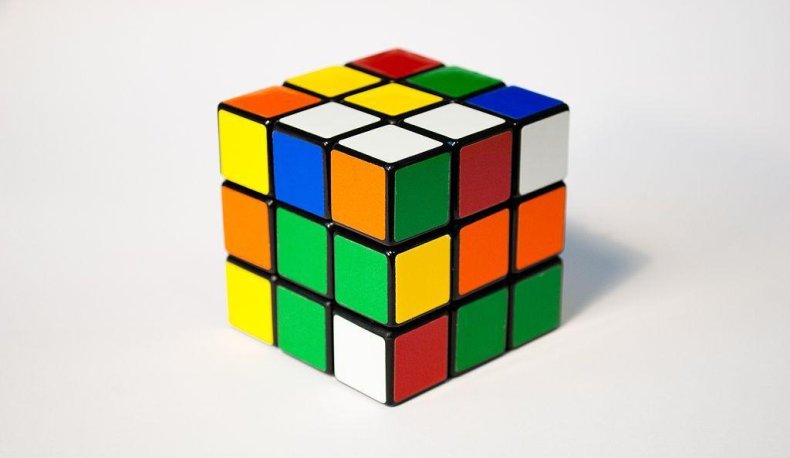
1981: Rubik’s Cube
Released in 1980,Rubik’s Cube, a 3D combination puzzle, became an international craze in 1981. In its first three years, it sold100 million units. It continued to sell through the 1990s, and aside from a dip in interest around the early 2000s, interest eventually renewed and it became one of the best-selling toys of all time.
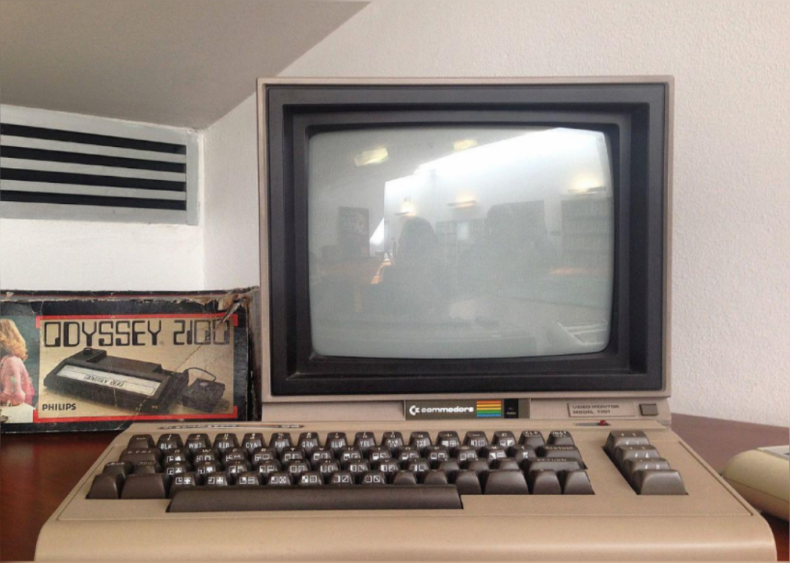
1982: The Commodore 64
Now a mainstay in just about everyone’s hands, computers reached major breakthroughs in 1982 with the release of the Commodore 64 computer. The C64 holds the Guinness World Record as the highest-selling single computer of all time, with about 17 million sold. It was discontinued in 1994.
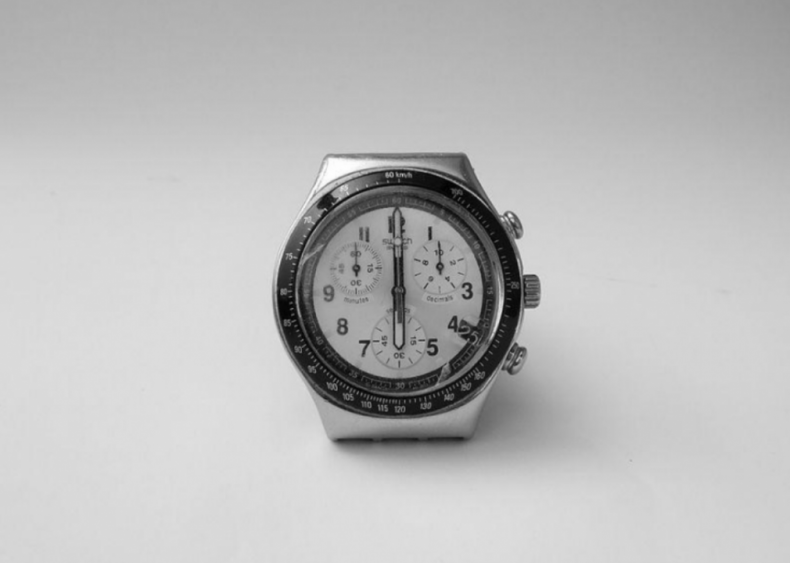
1983: Swatches
Released in its home country of Switzerland in 1983, Swatch watches (also known as Swatches) sold a million pieces that year. Made of plastic and cheaper to make than standard watches, Swatches took off internationally soon after, with millions sold in various colors and styles. Competitor watches led to its demise as a fad.
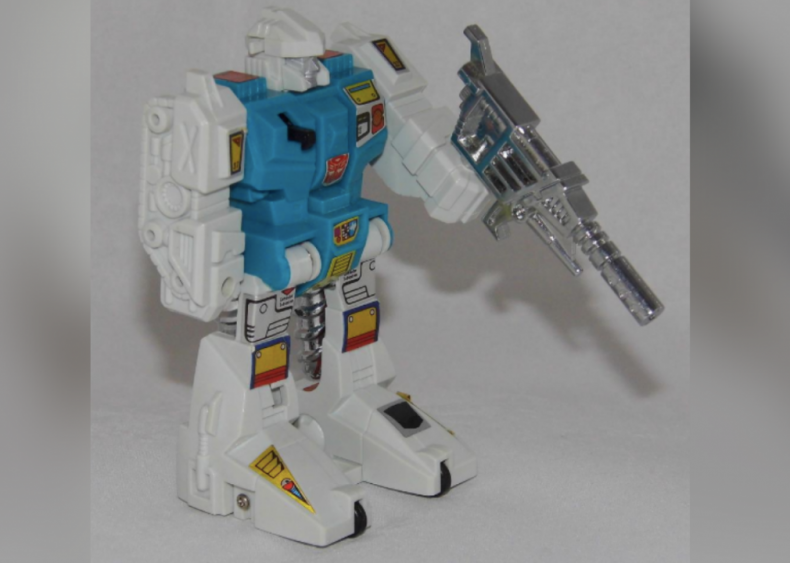
1984: Transformers
Transformers, which are movable toys that changed from various vehicles and electronics into robotic fighting machines, made huge waves in the toy industry in 1984. It all started 1974 with the “Microman” prototype, and in following years, a roster of action figure characters soon made their way into a boom including comic books, cartoons, and other merchandise.Their popularity remains, thanks in part to the movie franchise that began in 2007.

1985: Long-haired metal bands
Long-haired, heavy metal rock bands gained a resurgence starting around 1985 in the wake of their 1970s predecessors. Ranging from fast-paced thrash metal bands such as Iron Maiden, Megadeth, Metallica, and Motorhead, to glammed-up acts like Poison and Mötley Crüe, were all the rage. The craze began to nosedive around 1988, making way for grittier acts like Guns N’ Roses and the emerging grunge scene.
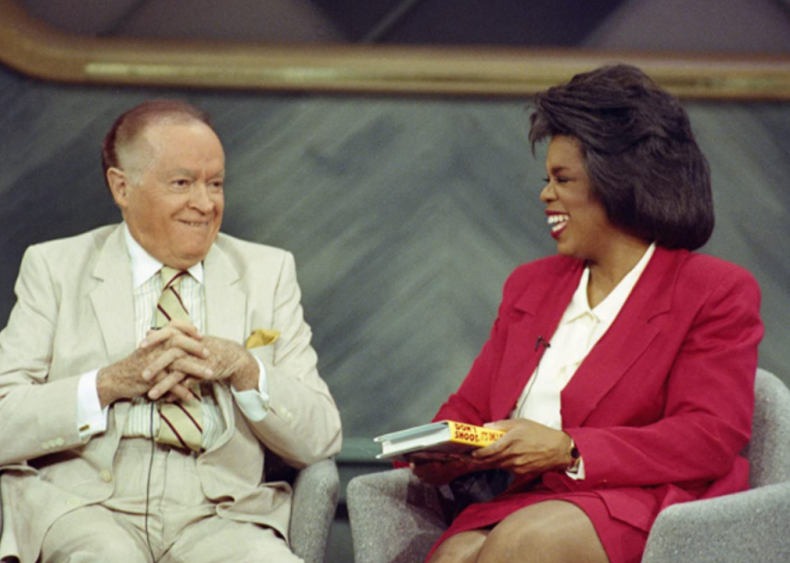
1986: ‘The Oprah Winfrey Show’
Starting with a half-hour talk show in Chicago in 1983, Oprah Winfrey was convinced to sign a TV syndication deal, going live for hour-long episodes this year and crushing the competition with The Oprah Winfrey Show. Although the show’s run ended in 2011, Oprah remains a household name and one of the most influential women in America. Winfrey now has her own TV channel: the Oprah Winfrey Network (OWN), which debuted in 2011.
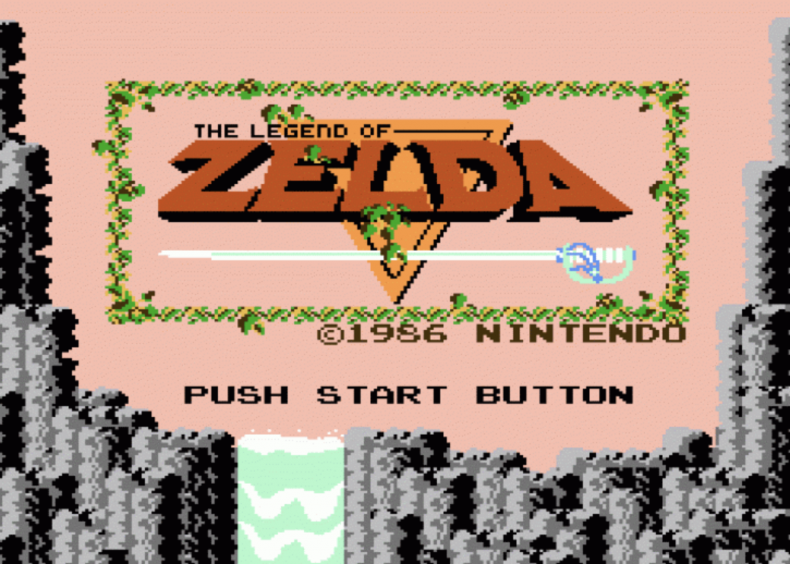
1987: ‘The Legend of Zelda’
One of the most popular Nintendo video games, The Legend of Zelda, an action-adventure video-game series, kicked off in the U.S. this year after success in Japan a year earlier. Since then, 19 sequels have been introduced, with more than 70 million copies sold: It continues to evolve.
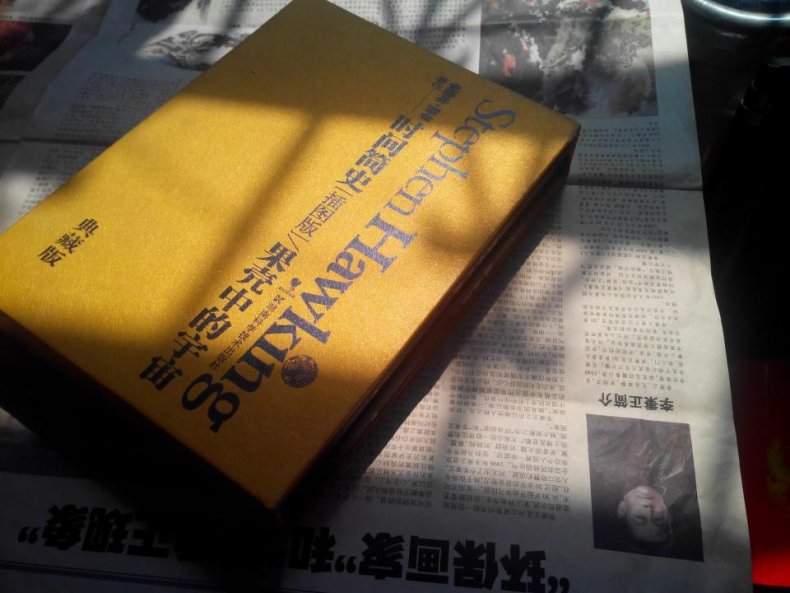
1988: ‘A Brief History of Time’
The late physicist Stephen Hawking released the best-seller A Brief History of Time in September. Using understandable language, his book looks at the great questions of our universe, as the subtitle says, “from the Big Bang to black holes.” The book went on to sell more than 10 million copies.
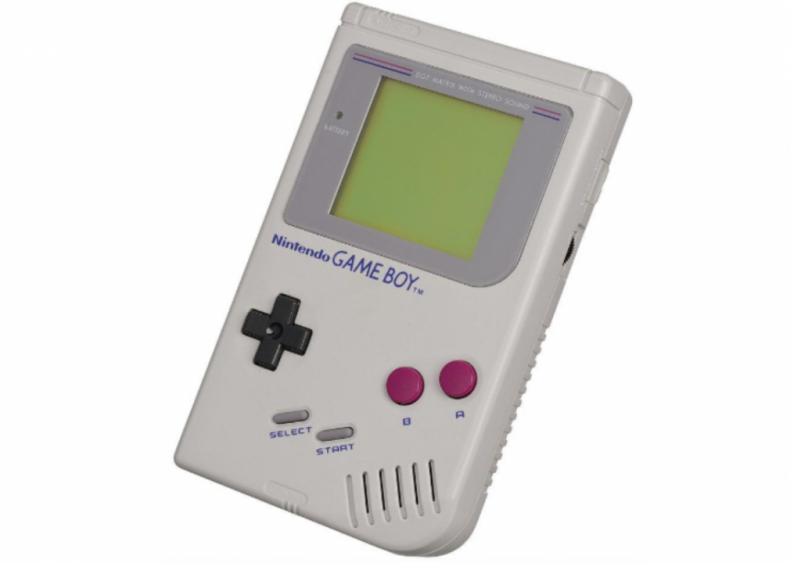
1989: Game Boy
The handheld video game console Game Boy by Nintendo sold 40,000 units on the first day of its release in July in the U.S. Starting with five games included with the original console, it grew to 815 titles. It was discontinued in 2003 to make way for more advanced technology.
You may also like: 100 Monumental Moments From TV History

1990: ‘Beverly Hills 90210’
A soap opera depicting affluent teens at an upscale California high school, Beverly Hills 90210 kicked off this year and ran for 10 years as a popular teenage TV fad. Covering issues such as drug use, teen suicide, and abortion, the program started off slowly before taking off the following year, when it became one of Fox’s top shows. Dolls, books, fashions, and fan clubs followed; the series was rebooted as 90210 in 2008 on the CW.
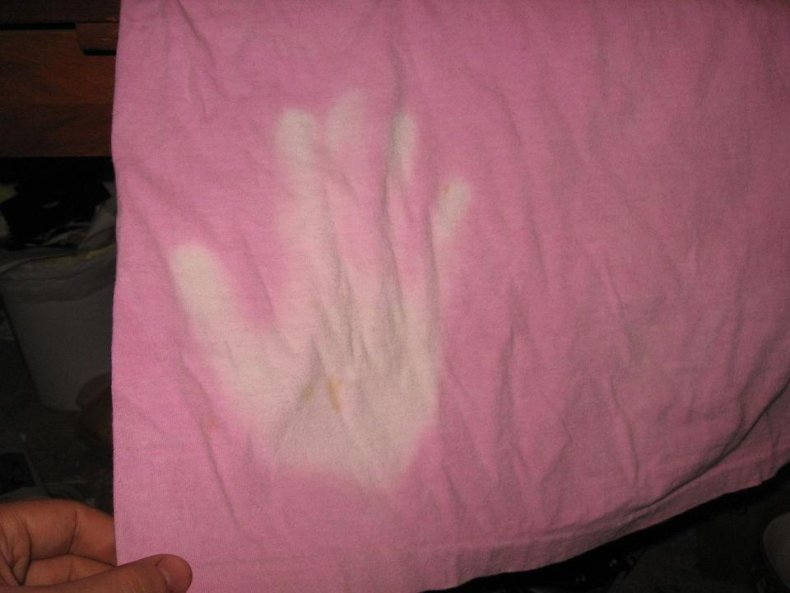
1991: Hypercolor sportswear
Popular with middle- and high-school youngsters, Hypercolor T-shirts, shorts, pants, sweatshirts, and other clothing were touchable, heat-sensitive outerwear that changed color with the heat of the body wearing them, or the hands touching them. Originally made in the late 1980s by Generra,the fad took off in 1991, with the company selling $50 million between February and May. The company—and its concept—went bankrupt a year later.

1992: ‘The Addams Family’ pinball machine
Officially thebest-selling pinball machine of all time, The Addams Family pinball machine was released this year, based on the 1991 hit movie of the same name (which was inspired by the classic TV show). More than 20,000 machines have been sold so far, and its popularity stems primarily from a huge number of scoring modes and dialogue recorded by the film’s stars.
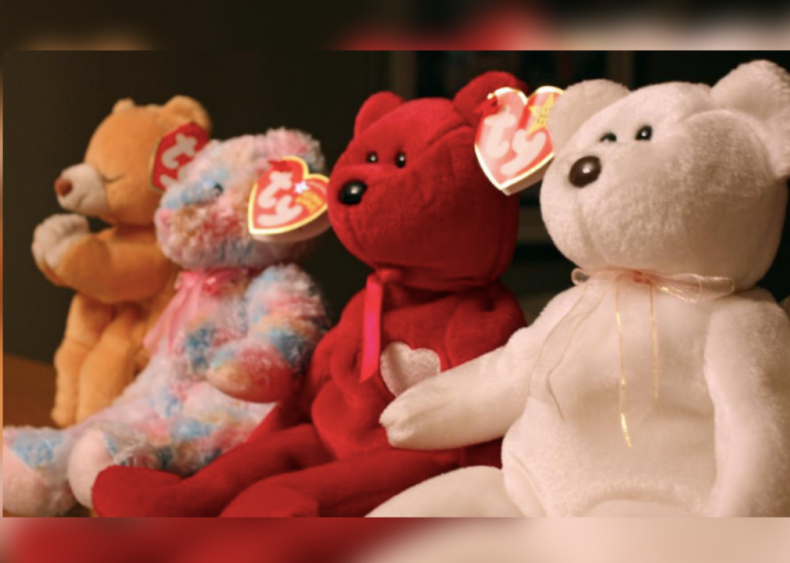
1993: Beanie Babies
Ty Inc. introduced a line of small bean bag animals called Beanie Babies in 1993. Soon what started as a few types of critters evolved into a line of hundreds as the demand increased. The company stopped production in 1999, and the brand has become a punchline due to the Babies’ market saturation and overhyped resale value.
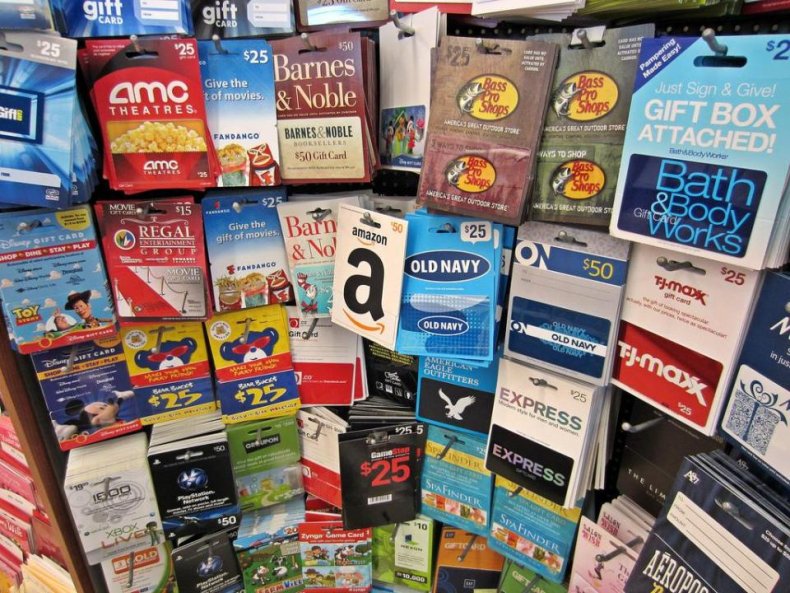
1994: Gift cards
First sold and displayed by Blockbuster, plastic gift cards have become the go-to gift for those who needa quick way to buy presents. Much more than a passing fad, gift cards remain a common choice for many gift recipients. In 2012, 1,500 Starbucks gift cards were sold every minute, and in 2015, the coffee franchise had sold $16 billion worth. Overall gift card market values are projected to top$1.5 trillion by 2023.
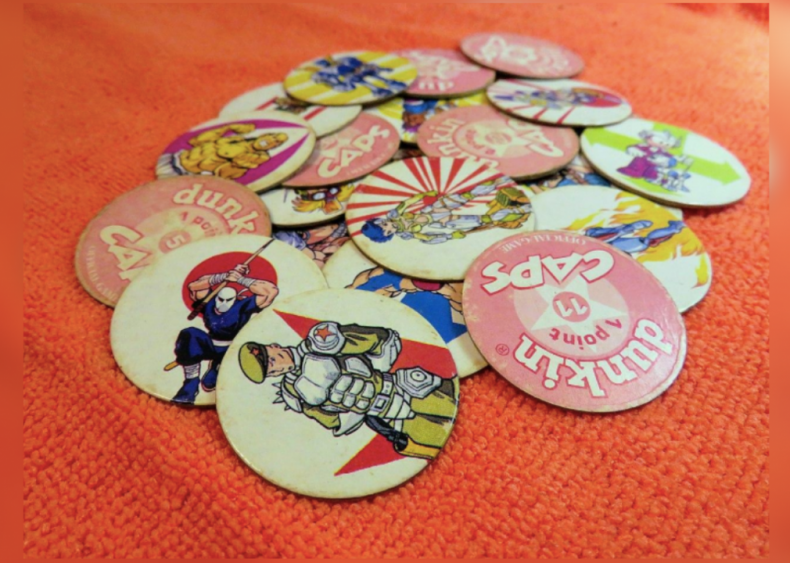
1995: Pogs
Stack them, slam them, flip them: The game of pogs required stacking cardboard discs, or pogs, which were then slammed with metal bottle caps. Those that flip over were won by the successful attacker. Also known as the milk-cap game, pogs are modeled after Hawaiian milk bottle caps. Their worldwide popularity spread as many designs became collectible, branded with popular characters from The Simpsons, Star Wars, and more. The faddied out on its own soon after.
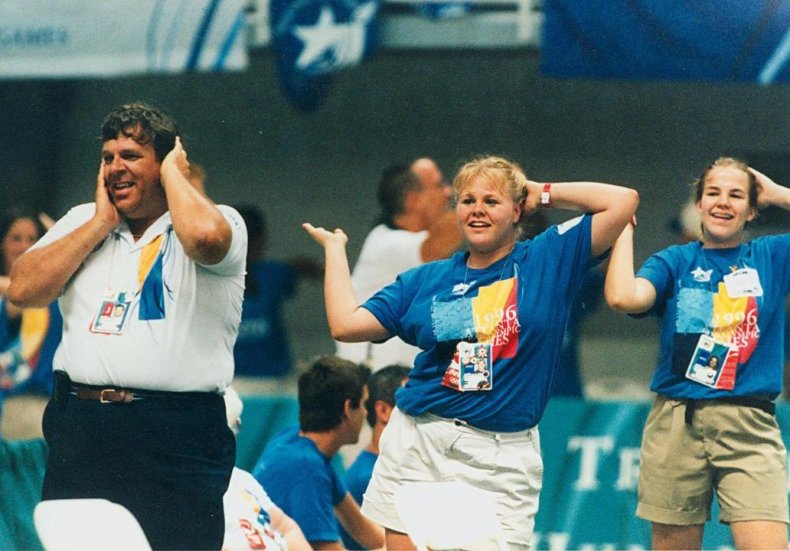
1996: The Macarena
Screaming teenagers would leap to their feet to dance to the Macarena in 1996. Written by the Spanish group Los del Rio and translated to English by the Bayside Boys, Macarena smashed records by remaining atop the Billboard Hot 100 chart for 14 weeks.
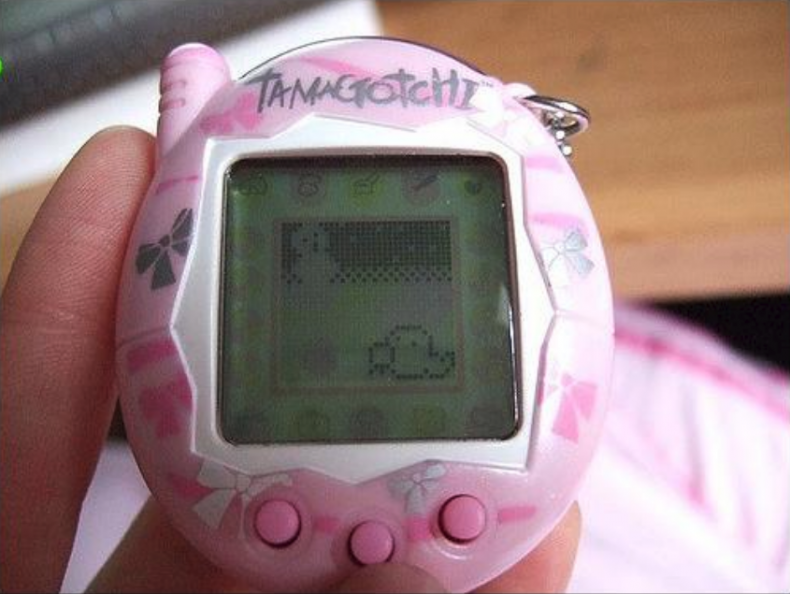
1997: Tamagotchi
This egg-shaped, computer virtual pet on a keychain was introduced to children in the U.S. and elsewhere this year. The pets have meters for hunger, happiness, and discipline to display how healthy and well-behaved they are, determined by the actions of their owner to play with, feed, and tidy up after them. They could even “suffer” and “die” if neglected by their owners. Its popularity faded, but it was reintroduced for its 20th anniversary in 2017.
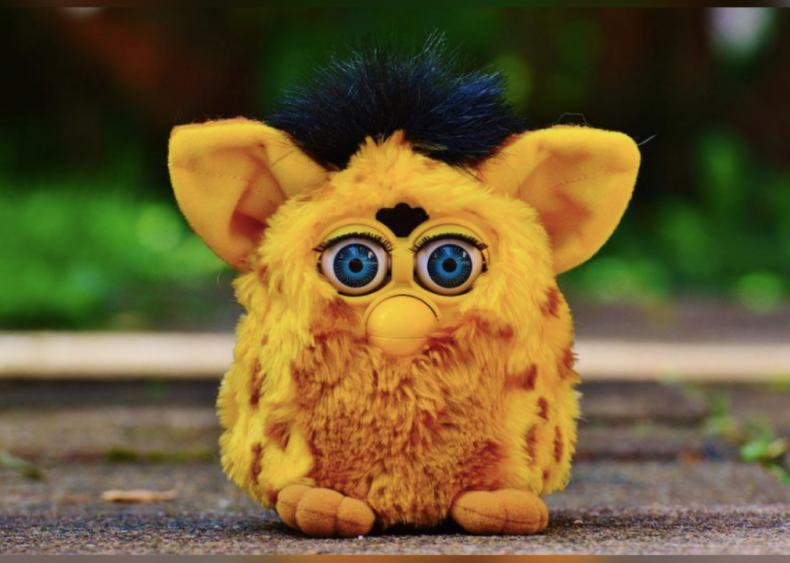
1998: Furby
Released in 1996, a Furby is a singing electronic robot toy resembling wide-eyed owls that later came in dozens of configurations. They were the first robotic toy that could be trained in 24 different languages and respond to human interaction. About 27 million were sold over the year following their launch, with 40 million sold during its three years of original production. Its popularity continues, with new releases kicking off in 2012 and well into 2015.

1999: Latin pop
Generally associated with singers Ricky Martin, Jennifer Lopez, Enrique Iglesias, and others, Latin pop topped the charts this year with Martin’s “Livin La Vida Loca,” which hit Billboard’s Hot 100 at #1 just a month after winning a Grammy. It stayed there for five consecutive weeks. His self-titled solo album, also released this year, sold well over 15 million copies worldwide. TheYouTube video of the song currently has more than 243.8 million views. Its popularity alsotook off in 2017 with new artists.
You may also like: 100 Best Seasons of TV in the 21st Century

2000: Heelys
Introduced in 1999, Heelys rolled into popularity in 2000; Heelys are roller shoes that allow wearers to shift their weight to the heels to roll, like skates. Their popularity rose quickly, with numerous tricks created just for the shoes. Although safety concerns and declining sales led to Heelys’ popularity fading in 2009, they are still available today.

2001: McMansions
McMansions, shorthand for the oversized homes developed en-masse in the suburbs, were seen asstatus symbols by some and architectural abominations by others. By 2008, the crash of the housing market left many of these multi-bedroom behemoths empty or foreclosed upon.
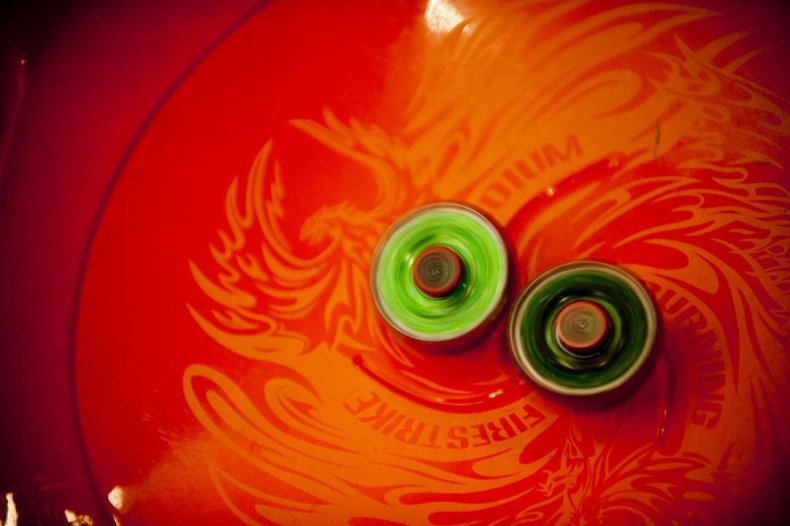
2002: Beyblades
A customizable twist on spinning tops, beyblades began their international climb to fame this year following an animated TV series of the same name that released a year earlier. With numerous configurations, and the stadiums needed to do battle, the toys’ franchise sold 120 million tops worldwide by 2012, when interest waned.
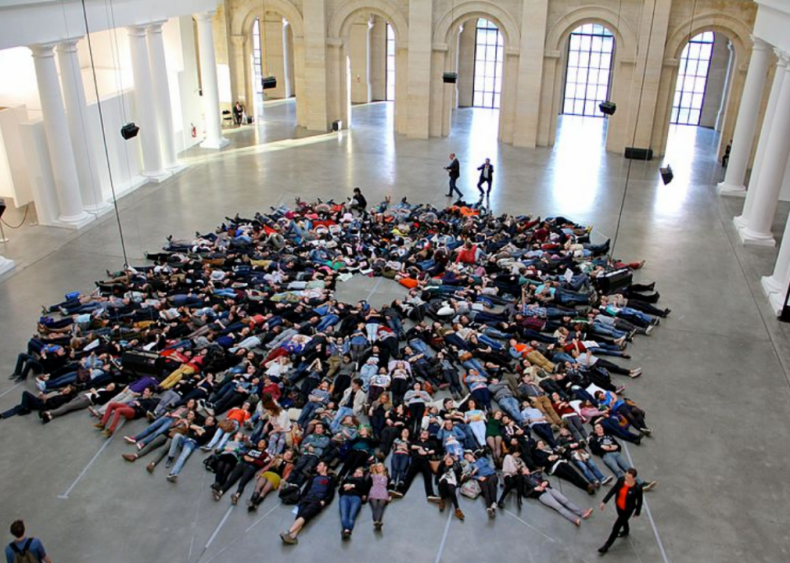
2003: Flash mobs
Starting in 2003 at a Macy’s in New York by Harper’s Magazine editor Bill Wasik, flash mobs appeared to be spontaneous, large gatherings of people in public places performing unusual acts such as singing a song, synchronized dancing, or pretending to be tourists for a brief time before quickly dispersing. Some promoted messages of awareness for causes such as disabilities. The largest was World Pillow Fight Day in 2008, in 25 cities. Flash mobs’ popularity faded around 2012, a decline attributed to their commercialization.

2004: Wristbands for a cause
The phenomenon of colorful silicone bracelets for charity started in 2004, when the Lance Armstrong Foundation issued yellow Livestrong wristbands in support of cancer awareness. The organization sold about 55 million bands in support of people affected by cancer. Others followed suit, selling them for fundraisers in various colors, such as pink for breast cancer awareness, and the trend continues to this day.
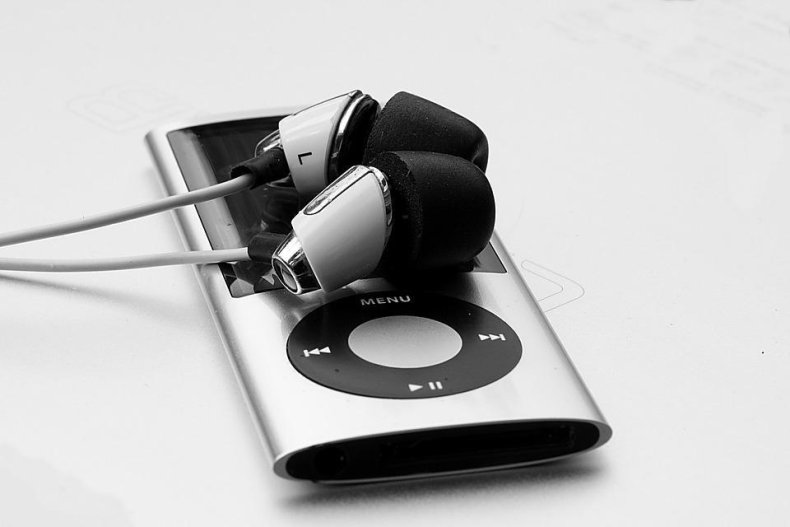
2005: iPod Nano
The first generation portable media player iPod Nano was introduced in 2005 with a media event with Steve Jobs. Nearly40 million units were sold within the year, and sales peaked at nearly 55 million units in 2008. The seventh and last generation Nano, building on earlier technological upgrades, was released in 2012, but sales continue to decline until its discontinuation in 2017.
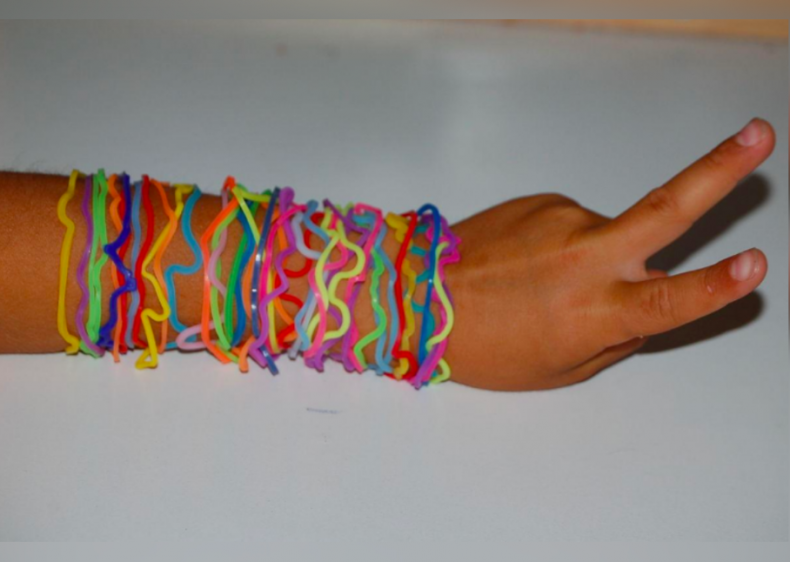
2006: Silly Bandz
A type of rubbery bracelet sold in packs by the dozens, Silly Bandz came in shapes like animals, horseback riders, and other symbols. They becamea national phenomenon in 2006, and by 2008 were selling about a million packs a week. Sales slowed by 2010, effectively ending the craze.
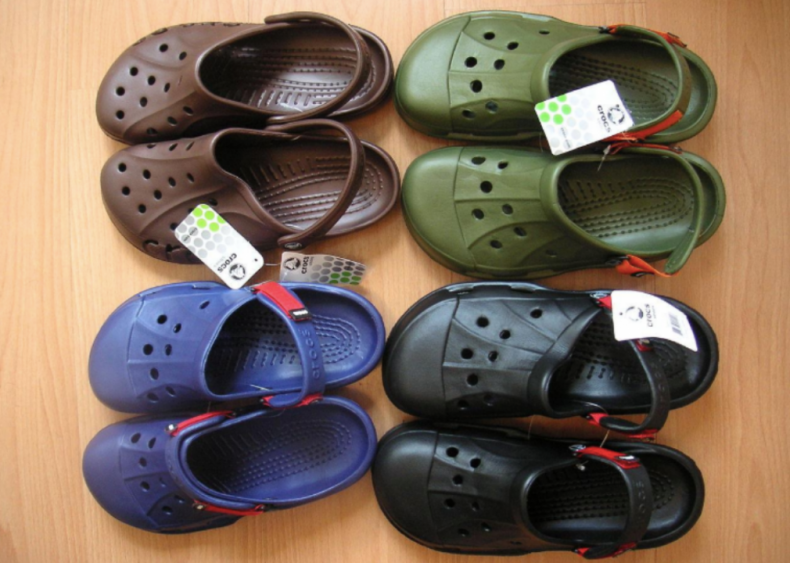
2007: Crocs
Endorsements by now shunned Chef Mario Batali helped sparka buying rage of Crocs in 2007. First introduced in 2004, the plastic, hole-pocked shoes, which come in numerous bright colors, sold about 50 million pairs in 2007 whensales reached $850 million. Economics slowed the shoes’ sales by 2008, but new and evolving designs keep the shoes popular, especially for professions that require extended periods of time on your feet, such as nursing.

2008: Snuggies
About $80 million worth of sleeved blankets called Snuggies have been sold since 2008—4 million of which were sold by early 2009. Snuggies helped spawn Facebook groups, TV spoofs, and YouTube videos. More than 22,500 Cleveland Cavaliers fans wore them, and 40,000 appeared at an LA Angels baseball game in 2010. But in 2018 the brand’s owners were fined $7.2 million for deception on account of a misleading “buy one, get one free” campaign.

2009: Hipsters
The Urban Dictionary defines hipsters as a “subculture of American consumer for whom the idea behind the marketing holds more value than the product being marketed.” In other words, hipsters want to be deeper than just the mainstream—but may end up coming off as pretentious. The trend peaked in 2009, when Time magazine and the New York Times (among many publications) satirized and discredited the fad. Hipster trends thrived in New York City neighborhoods like the Lower East Side and Williamsburg but spread across the nation. While the word isn’t as popular today, “hipster” is still used to jokingly describe young adults who appear to try too hard to be above society.
You may also like: 50 Times Actors Hated Their Own Movies
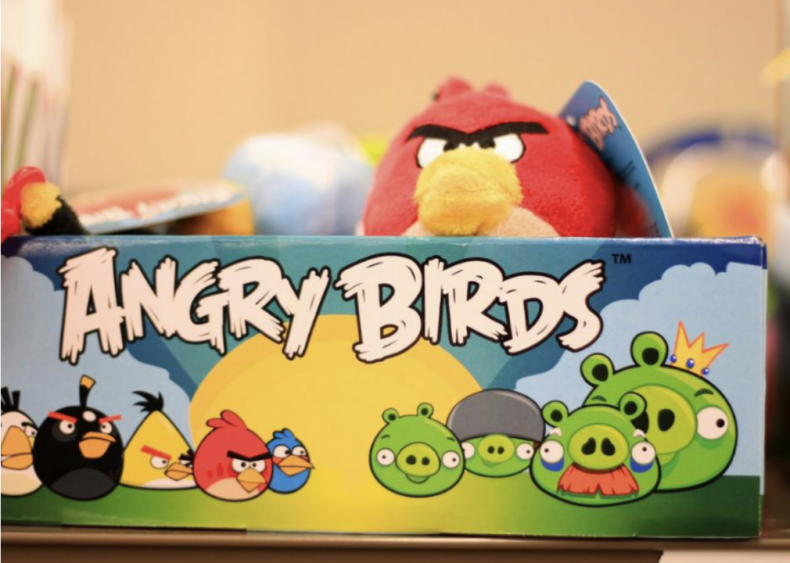
2010: Angry Birds
Considered the No. 1 paid iPhone video game of the new decade, Angry Birds involves flinging birds to attack greedy green pigs that have stolen the birds’ eggs. By October, the game had sold 12 million copies on Apple’s App Store, generating numerous spinoffs and other merchandise since its inception in 2009. Globally, the game has been downloaded more than 2.5 billion times. Revenues from the game declined in 2014 when merchandise sales fell, and a 2016 movie adaptation landed poorly with critics and audiences alike.
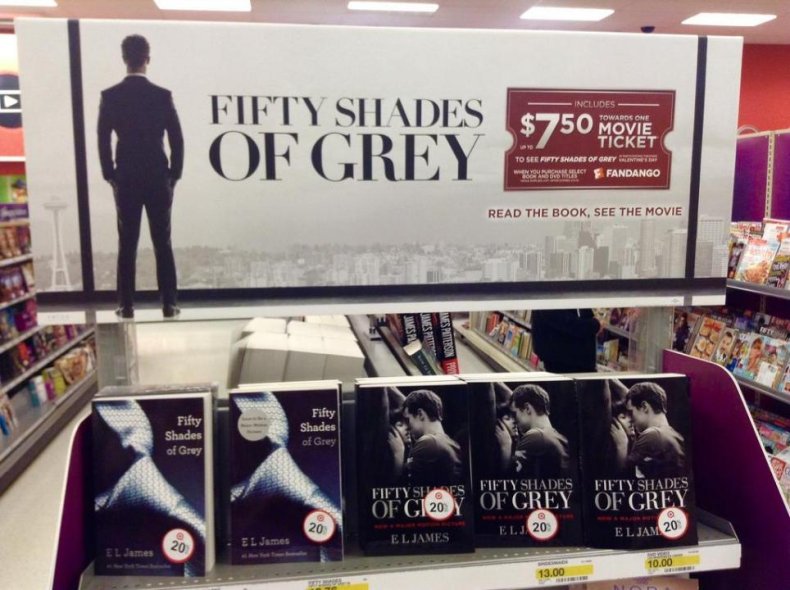
2011: ‘Fifty Shades of Grey’
The R-rated romance Fifty Shades of Grey became thefastest-selling novel of all time in 2011, and has since spread to a series of books and movies that triggered widespread controversy over their content and implications.
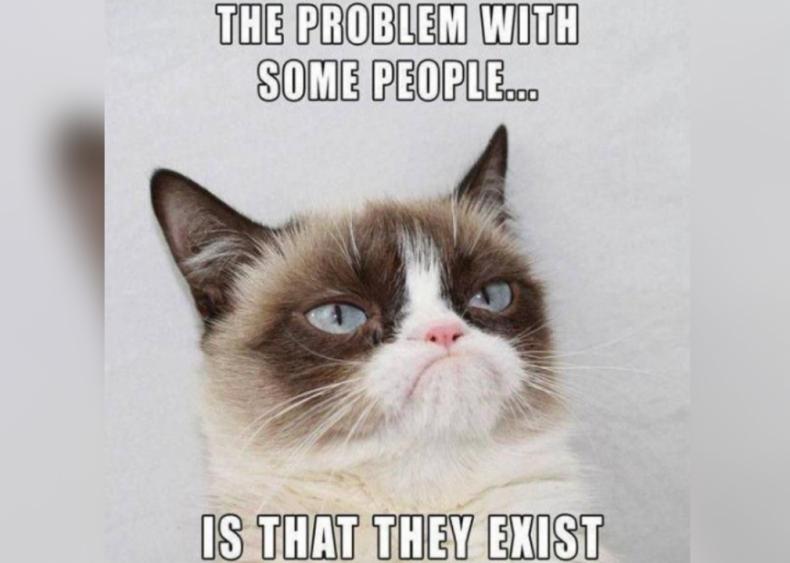
2012: Grumpy Cat
A cat named Tardar Sauce with dwarfism and a grumpy facial expression became an internet sensation in 2012. It all started when the owner’s brother posted a photo of her on Reddit, which led to a barrage of memes—soon enough, Grumpy Cat had an agent, books, t-shirts, mugs, calendars, and TV and movie appearances.

2013: Cronuts
A cross between a croissant and a cream-filled donut, the cronut was created by New York baker Dominique Ansel in 2013. He only made about 300 a day; customers camped out overnight to get the treats, which garnered up to $100 a pop on the black market.

2014: Ice Bucket Challenge
TheIce Bucket Challenge for ALS (Lou Gehrig’s disease) raised more than $115 million during the summer of 2014 for research and patient services. The fundraiser involved pouring buckets of ice water over someone’s (or your own) head. Former Boston College baseball player Pete Frates, who was diagnosed with ALS, challenged friends Tom Brady and Matt Ryan to participate, and it soon spread to become a worldwide phenomenon—with 17 million people participating.

2015: Man buns
A man bun is just what it sounds like—a men’s hairstyle involving hair tied up on the top of the head. Theories credit their rise in popularity to celebrity usage, with the likes of Joakim Noah, Chris Hemsworth, Leonardo DiCaprio, and Orlando Bloom all sporting the look.

2016: ‘Pokemon GO’
The hottest mobile game of 2016 involved using the GPS on mobile devices to locate, capture, and do battle with virtual creatures called Pokémon. Pokémon Go quickly became a global phenomenon that stood as one of the most profitable and most-used apps of the year with downloads topping 750 million just a year after its release.
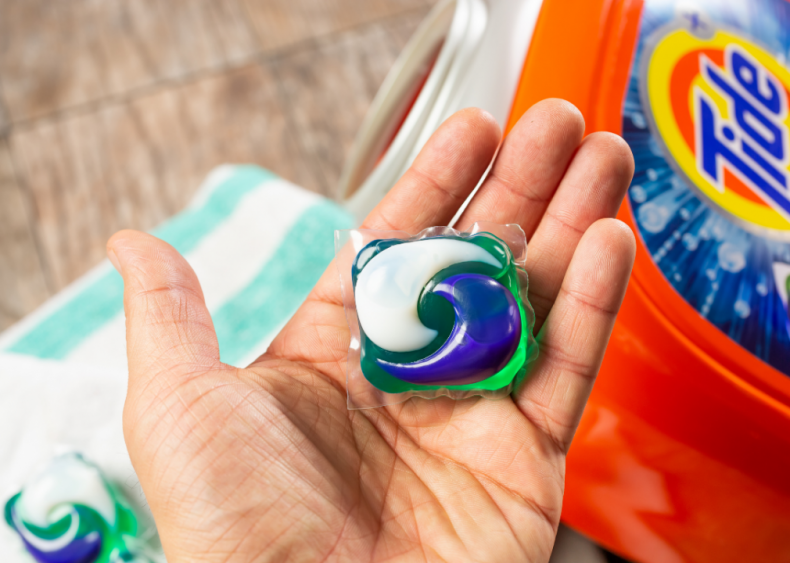
2017: Eating Tide Pods
The dangerous fad ofeating Tide Pods, small, colorful detergent pods that almost resemble candy, went viral on Twitter and YouTube at the end of this year. Starting as a joke, some individuals went as far as to consume them; but by early 2018 it became clear that eating caustic chemicals was no laughing matter.
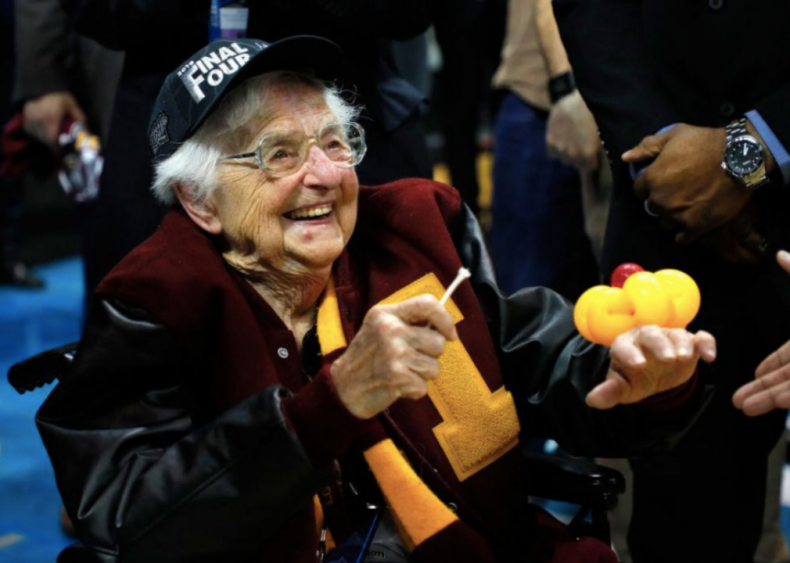
2018: Sister Jean merchandise
When Loyola University of Chicago made the NCAA Basketball Tournament Final Four in March, merchandisers were selling thousands of Sister Jean shirts, scarves, and bobbleheads to honor the basketball team’s 98-year-old chaplain (now 101). Hers is the face of the best-selling bobblehead of all time, with more than 13,000 sold by Good Friday.
You may also like: Can You Guess Which Iconic Movie These Scenes Are From?

2019: TikTok
This app is one of the fastest social media platforms in the world and is particularly popular among Generation Z. Users post short-form videos of between one to 60 seconds featuring everything from dances to surgery on a banana. According to Statista in the United States, user growth for 2019 was 97.5 percent.

2020: The Alcohol-free movement
Many people have gone alcohol-free after realizing the negative effects of alcohol and how it permeates every part of our culture including mommy-wine culture. Millennials seem particularly interested in the movement and many bars around the country are including creative and delicious mocktail options for those who chose to go alcohol-free.
[ad_2]
Source link